Francesca and Henk-Jan's Backpacking Trip!
Saturday, June 26, 2010
Hong Kong Take 2
To get to Mui Wo, a part of Hong Kong neither Henk nor I had ever stayed on before, we had to take two different buses from the airport. While it was bloody hot and a bit of a hassle, the views from the bus on the ride over were actually quite amazing. There is one part of the ride where you climb up a hill and then descend to view water and mountains… a side of Hong Kong you don’t get to see if you head directly into the city! Once we got to Mui Wo and got to know it a bit, we found out that while it is about 45 minutes away (or 30 minutes if you catch the fast one) by ferry, it is a much cheaper place to stay in Hong Kong. There are grocery stores with really good prices for food, and a few decently priced eateries in the area. Plus it is really quiet and the scenery you get for the hostel prices there (we did check them out) is incredible. But thankfully we were couch-surfing this time so not hostel for us!
We caught Gordon right before he closed up shop to take the ferry himself and introduced ourselves, storing our bags with him with the promise that we’d try his curry later. Henk and I then went on the ferry ourselves, going across to Central where the IFC mall is located. The IFC mall concierge was our first stop once we realized we had no idea how we were going to go about getting our visas this time around. They suggested going right to the China Resources Building rather than dealing with an agent. WOW! Are we glad we did… we found out the prices we had been quoted the first time around were almost double what we had to pay at the Resources Building. Yikes! We got everything filled out paperwork wise and I attempted to bring some hot sandwiches into the building for Henk since he was getting hungry but I was stopped by security. Apparently, sandwiches are a lethal security threat. Especially when you have to wait a few hours in one room for your visa application number to be called.
Oook. So Henk ate his sandwich outside and then we went up to turn in our visa information once our number was called. Next we headed to McDonalds so I could get something to eat and Henk could finish eating his meal (I had gotten him some fruit as well) more comfortably. We discovered while we were there thank McDonalds is doing a new promotional chicken nuggets package where you can add on nuggets and get a special one of their new sauces for free. We tried their Malay Satay sauce. It actually tasted really nice! Plus I felt a little obligated because with the hair and look of the ‘Chicken Nugget Guy’ he kinda reminded me of Henk. If Henk had bluish-grey hair that is!
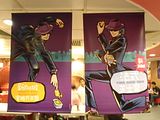
Once we had eaten we went back to the IFC mall and used some free internet on some computers in a café for a while. After we were bored with that, we headed back to Imran’s place to see if we could meet up with him to chat for a while and learn something about him. He was still at work so we hung out at Gordon’s and checked out a few of the nearby grocery stores in the mean time. We even shared a curry and some pita bread for dinner as a little snack! When Imran showed up he helped us walk our backpacks over to his place (which was quite some walk!) where we dumped them and made ourselves comfortable on his sofa bed. We learned that he works in Hong Kong as a translator and his family lives in Pakistan and he gave us some travel tips in case we were ever able to visit. Probably not on this trip but some day they will come in handy I’m sure.
The next morning we were on a mission to find a new camera. Ever since our camera broke in El Nido we had been struggling to use disposable cameras, other people’s digital cameras, and even resort to cheering when museums said ‘no pictures allowed.’ The problem was that the Philippines had an absolutely horrible import tax placed on cameras that pretty much doubled their price and there was no way we were going to overpay that much for a camera. China has a hefty import tax as well, so our only choice was to buy something in Hong Kong.
Our process for buying our new camera was simple. We decided to walk into every camera store (there are tons of them) on the main electronic street and write down their ‘packages’ (if they included card readers, memory cards, extra batteries, etc.) for the Sony TX-5 (the new camera we really wanted) and the best price they could give us on it. Henk kept a little chart going in our book we brought with us and we must have checked out like a dozen places. In the end we sat down to compare the results and went to the winning store. However, once we asked Lion (yes that was his name!) the camera-guy for the TX-5 he immediately pushed us away from that camera. ‘Why do you want the TX-5? Sony is not a camera company. They are only about looks… all their features are from the Olympus camera here!’
He then handed us a cheaper, but more sturdy-looking camera called Tough by Olympus. ‘Olympus has all the same features as the Sony camera because they invented them and had them long before Sony.’ He continued talking, showing us all the different features on the camera that we had admired in the Sony advertisement about their camera. The selling points he got us on were the megapixel (picture quality) difference between the two. Sony’s camera had 10 while the Olympus had 14! Plus the Olympus camera was about $50 USD cheaper. SOLD! We thanked him, grabbed our new bright blue Tough camera and its accessories and left happy with our choice.
Next we went to book some overnight bus tickets into China – which I’ll tell you later – turned out to not be such a great idea. We hadn’t even planned our trip yet! But we’re allowed to make mistakes. I just wish they didn’t have to be so annoying and costly… With our time left we tried to go to one of the nearby museums in the city – the Space Museum. Unfortunately we read the opening days wrong on our notebook we brought with us and it was closed on Tuesdays! Rats. We’d have to leave that for another day. Instead we headed to the grocery store and then back to Imran’s and Henk cooked me up a grilled cheese with tomato soup and some sliced peaches along with chocolate milk and himself an interesting sardine and tomato sandwich.
Wednesday morning Henk and I took the ferry over to Hong Kong Island and grabbed a chicken burger from the burger box to eat on the way. Turned out to be really tasty – almost looked healthy with large, real chunks of chicken in it! Our first stop was the Hong Kong Cultural Discovery Center for a peek inside, but the main exhibition halls were closed for renovation. All that was left for us to view was a room on the construction and building development of Hong Kong. Not too interesting. It was almost 12:00 PM when we got to the history museum. Little did we know we’d need the whole day for it! On Wednesday all the main museums in Hong Kong are open for free to the public. Luckily Henk and I had chosen Wednesday to head to the History Museum and Science Museum (which were right next to each other) and thus we got in for free! The History Museum was VERY impressive, much more than I expected. We decided to get an audio guide and head inside. I’m going to rely on both the audio guide information and the museum captions we took pictures of for the next few paragraphs.
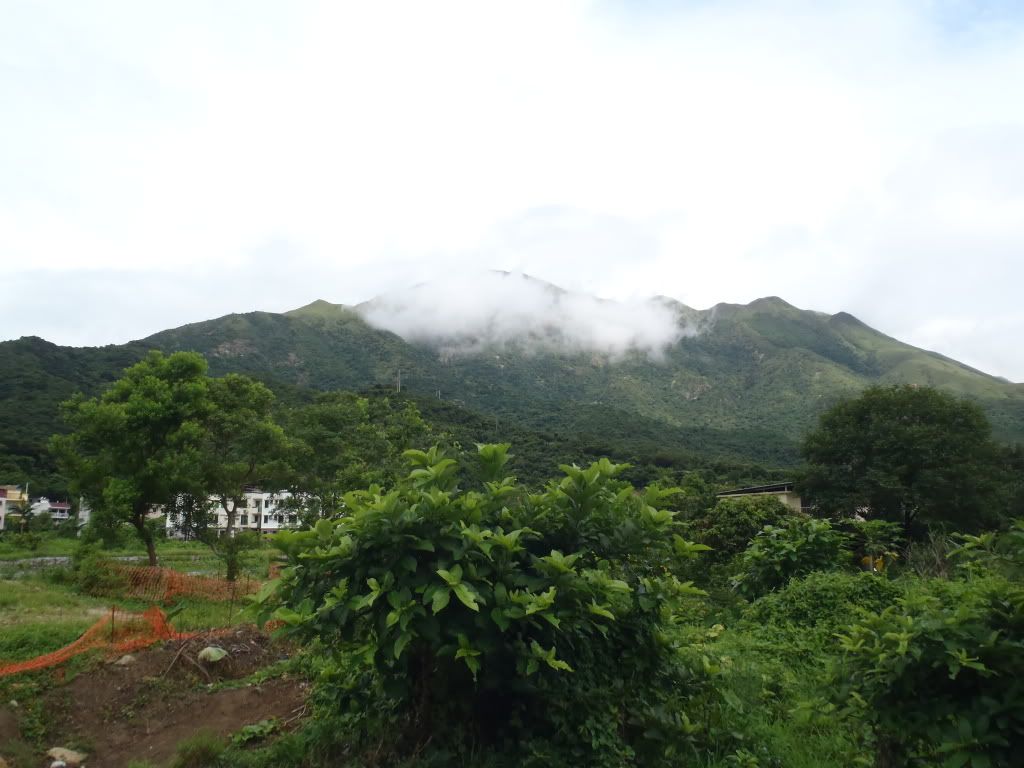
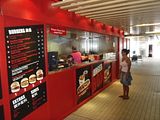
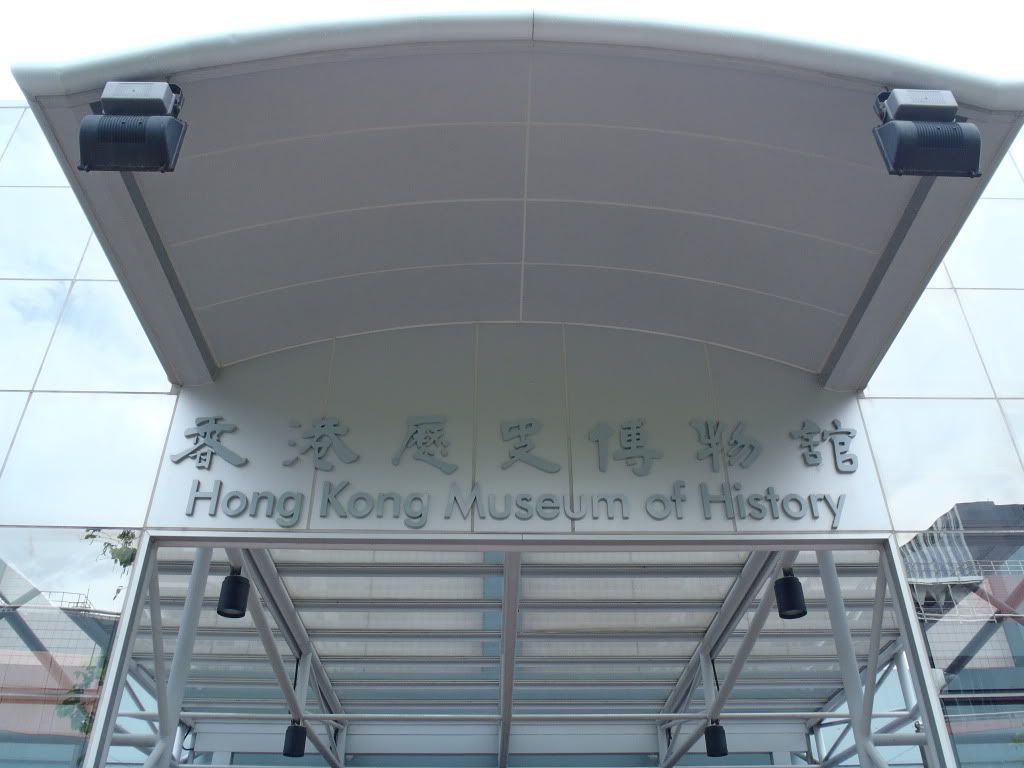
The first section of the museum was ‘The Creation of Hong Kong in Geological Time.’ We learned about the 400 million year history of the monsoon-climate islands and how their geological make-up changed over time. The animals living on Hong Kong had to adapt to this changing environment in order to better live in stream environments. This is shown in their physiological adaptations. An example given of this is the suckers on the pads of the cascade frog which help it cling to rocks. Once humans arrived on Hong Kong in the middle of the Neolithic Period (c. 4000-2500 BC) everything changed. There is evidence that the people inhabiting Hong Kong were the same as the ancient Yue culture. The Yue people had a fishing-farming economy and lived in stilt houses along the water. Their tools were made of stone and they had interesting geometric-patterned pottery. One of the most impressive finds in the museum is a tiny piece of 3000 year old textile fabric – woven hemp. This shows the Yue people already had advanced weaving techniques thousands of years ago.
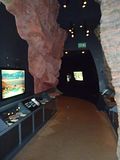
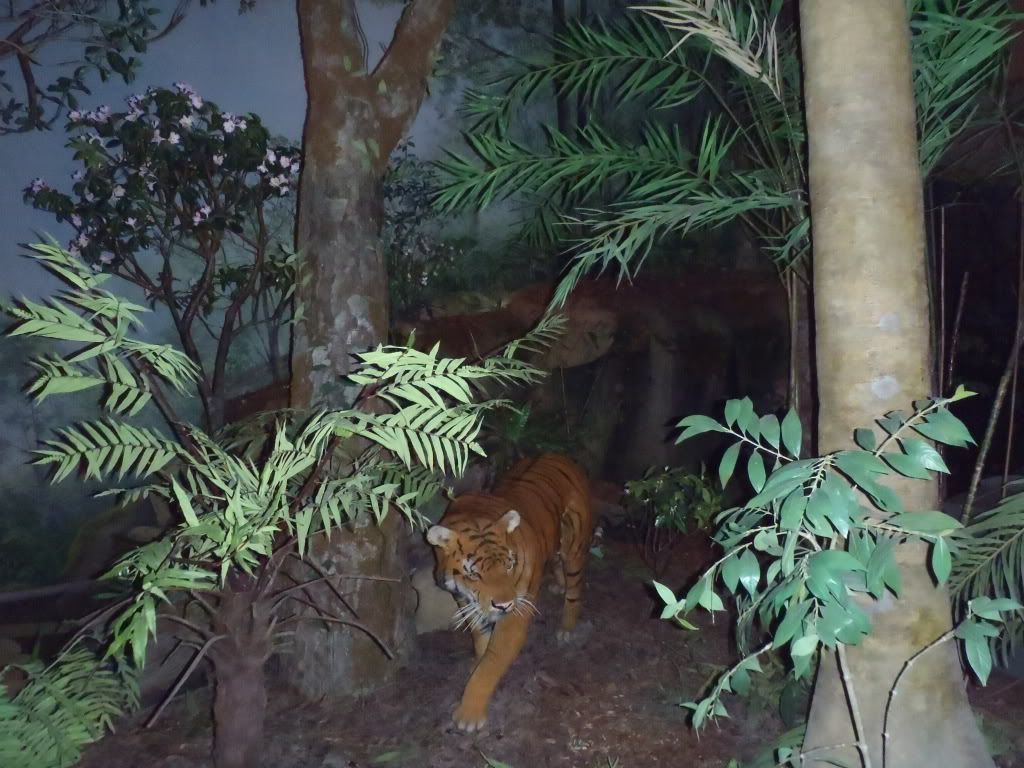
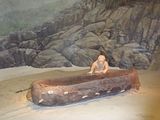
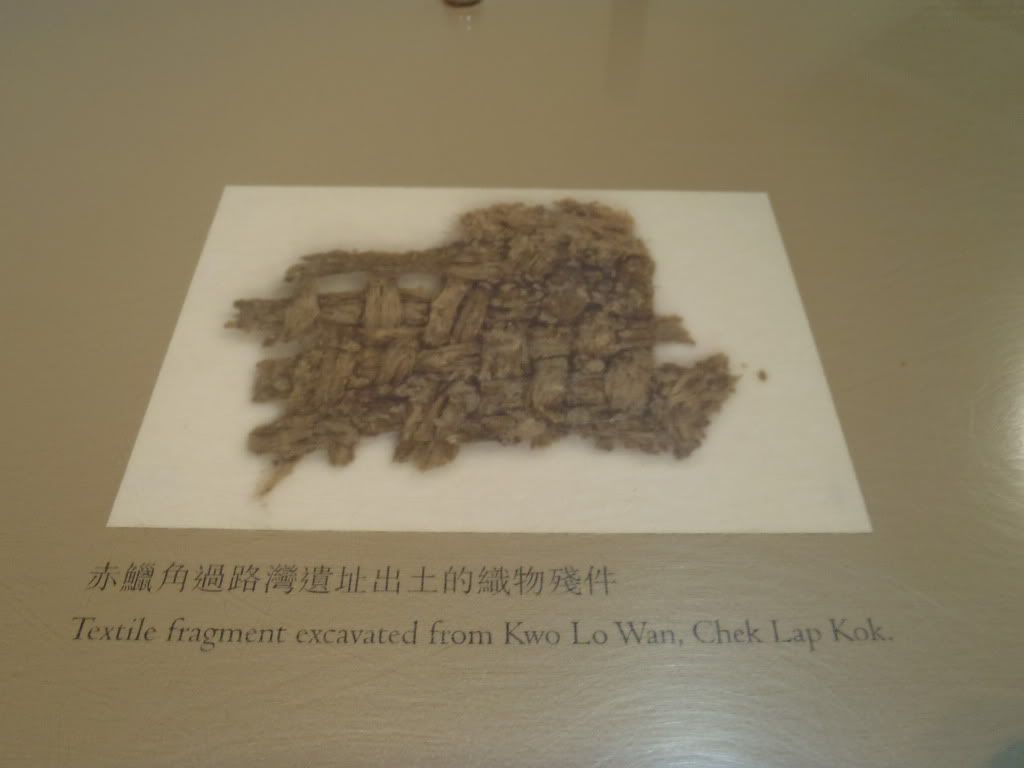
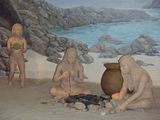
The Nanyue Kingdom under its King Zhao Tao brought the Yue tribes together in 203-111 BC during his reign from Guangzhou. In his successor Zhao Mo’s tomb evidence of overseas trading has been found in the Persian and African influenced items he was buried with. Marriage between the Yue and Han people was promoted and further helped to unify the ancient Chinese people. Around this time pearl diving became a big thing, with the demand for pearls among the Chinese rulers rising. Hong Kong was governed by the Ming Dynasties and saw significant growth in this time with population and trade increasing in the region. The Kawloon Walled City was constructed with a fort in the area which served as a strategic location for the countries navy defenses. However, by the Qing Dynasty Hong Kong came to be largely wasteland as the Qing Dynasty had ordered all coastal inhabitants to move into the mainland. Once this order was lifted the city began to flourish again.
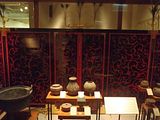
Next there was a fascinating exhibit on the ethnic groups of Hong Kong and their cultural traditions. These groups were the Punti, the Hakka, the Boat Dwellers, and the Hoklo. Punti people resided in walled villages. The Boat Dwellers lived on the sea, rarely venturing on land except when necessary. Hoklo people were salt-makers who had amazingly decorated costumes, even for their children, which were extremely colorful and thought to keep away bad spirits. The Hoklo used to be sea people living on boats. When they transferred to living on dry land, their traditional wedding ceremony of using a ‘dragon boat’ to transfer a bride to her husband’s boat was adapted to land as well becoming the ‘Dragon Boat Dance.’ The exhibit also went into detail about Chinese wedding ceremonies which would involve a long list of letters (aka contracts and proposals) between the groom and bride’s parents discussing the familial lineage and gifts exchanged by the two families in preparation for the wedding.
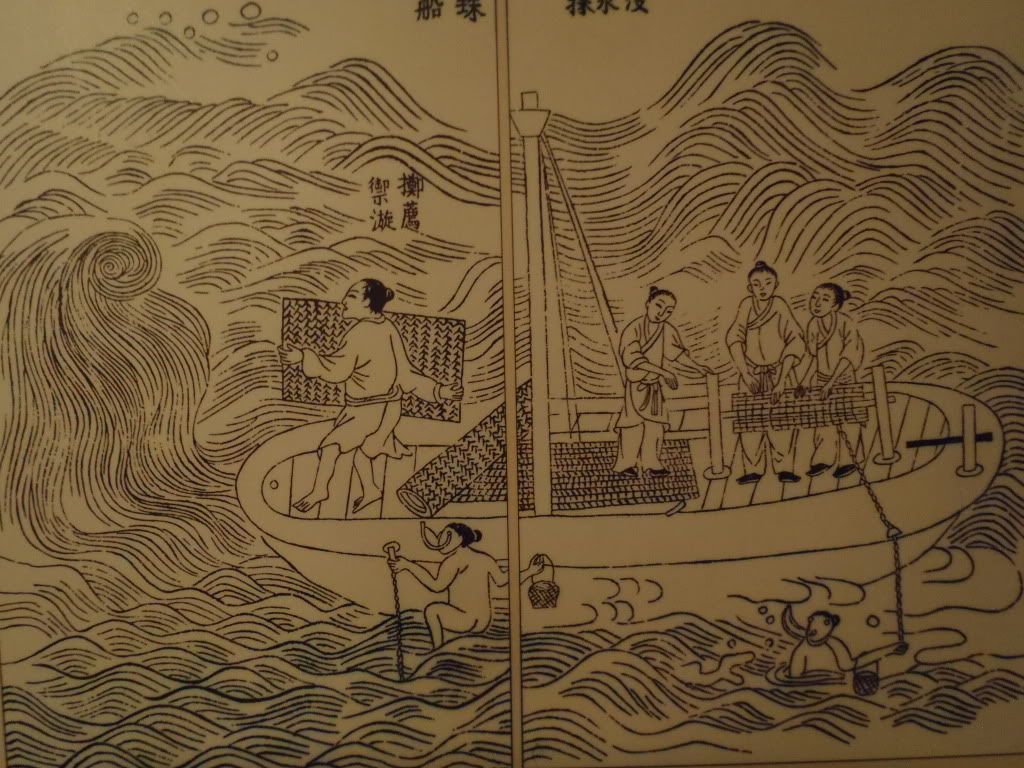
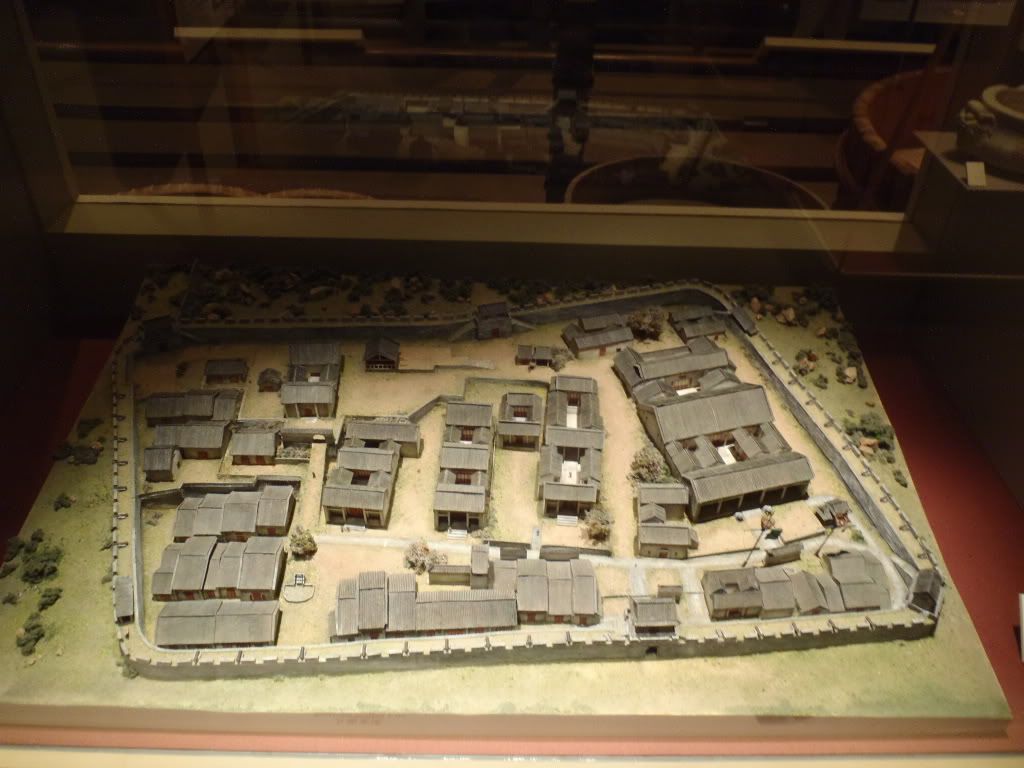
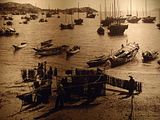
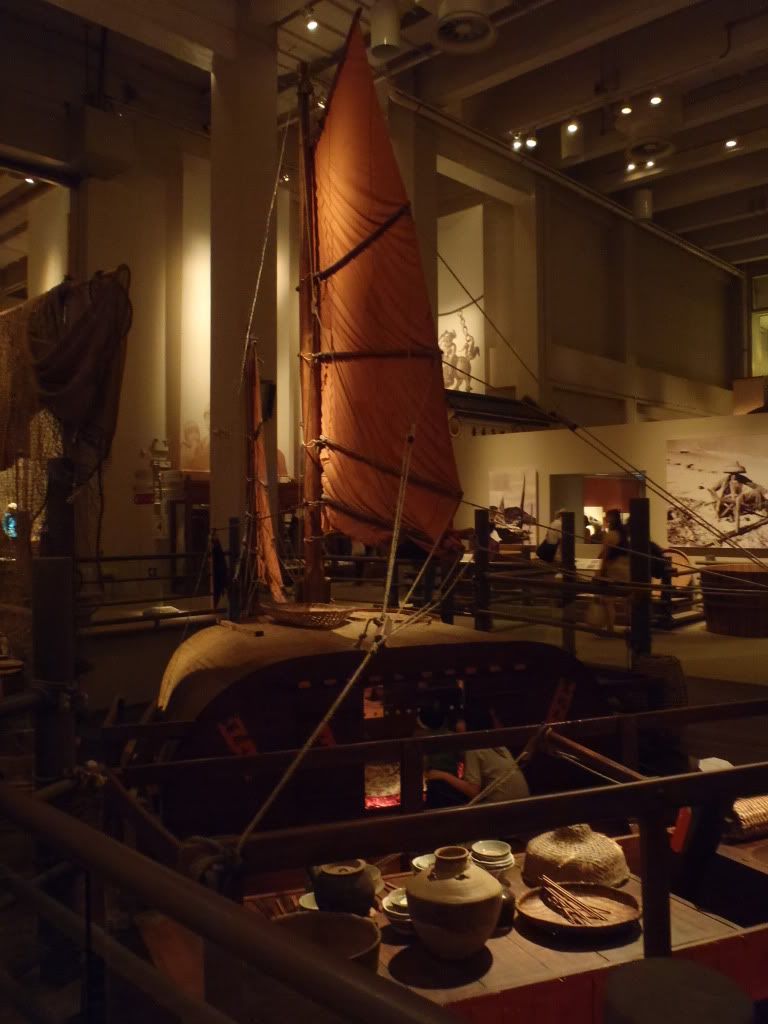
Next we were taught about the Hakka people, who we would later meet on our trip and see their traditional houses and lifestyle. In Hong Kong these people wore simple blue pajama-like clothing and had farmer ways – living in houses like the example house pictured here. We moved on to learning about Chinese Taoist religious beliefs and entertainment. There were large paper figure displays of deities which people would be eager to have the honor of sponsoring the creation of for festivals. There were three different types of Chinese festivals: jie for seasonal changes, dan for the birthdays of gods, and jiao which are community-wide purification ceremonies. One of the coolest festivals in Hong Kong is the famous ‘Bun Festival’ where stacks of buns are made into a pyramid and there is a contest to see who can grab the most buns. Operas are often staged during festivals such as the Taiping Qingjiao which provide additional entertainment as well.
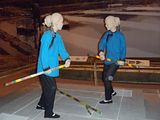
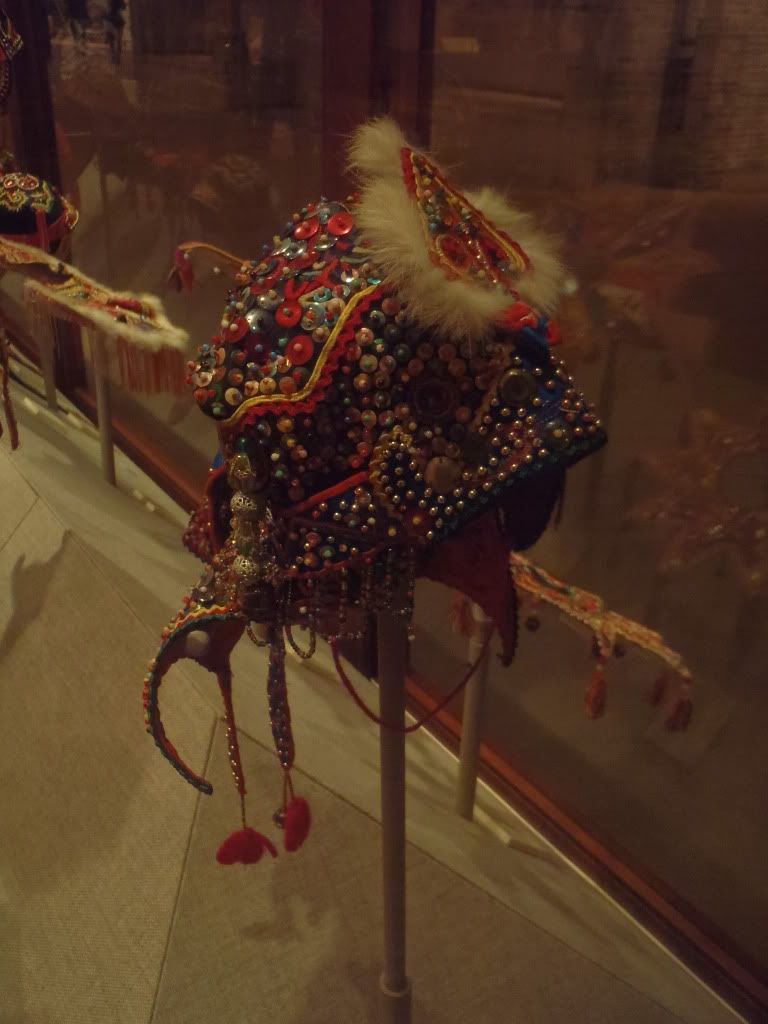
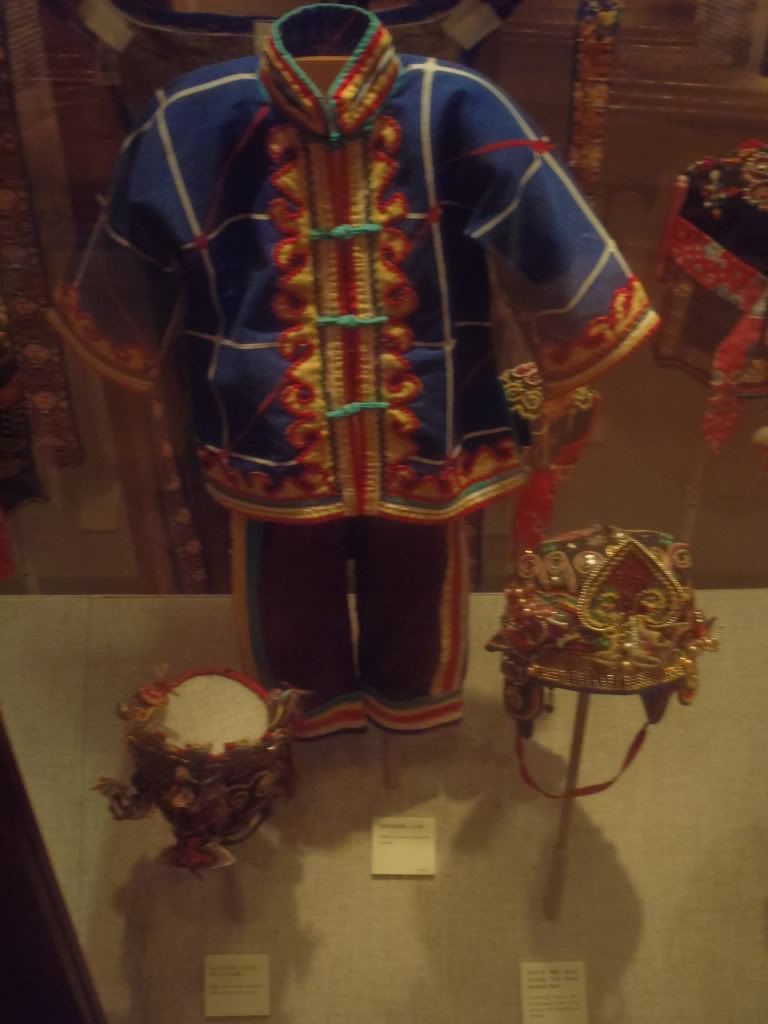
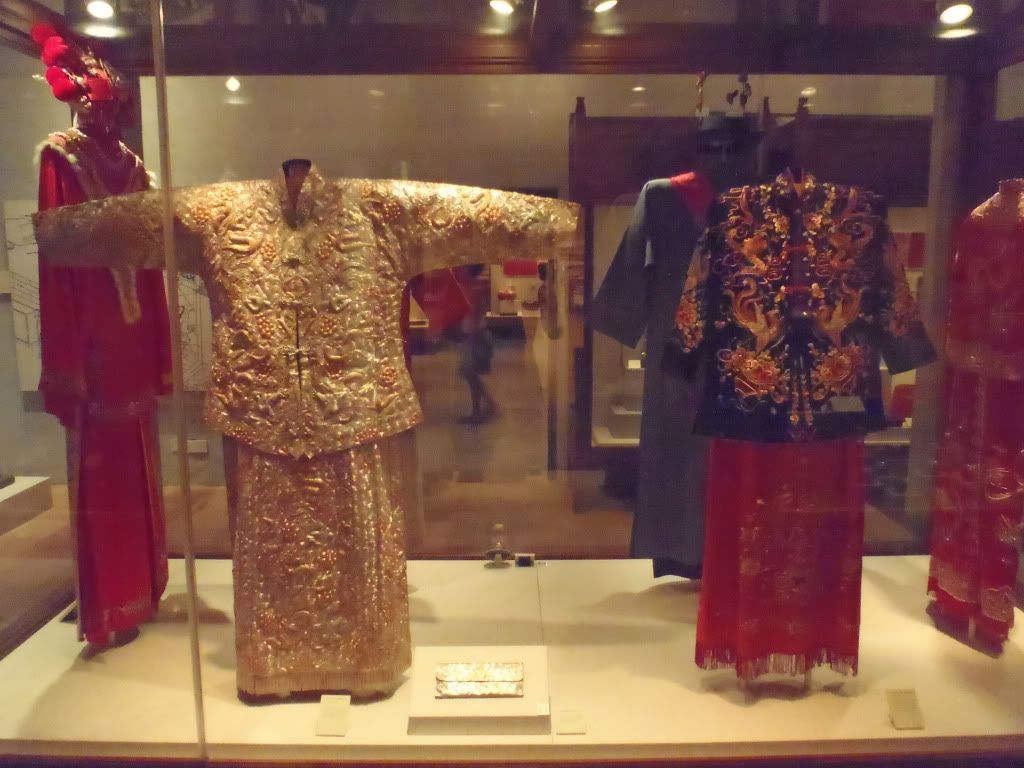
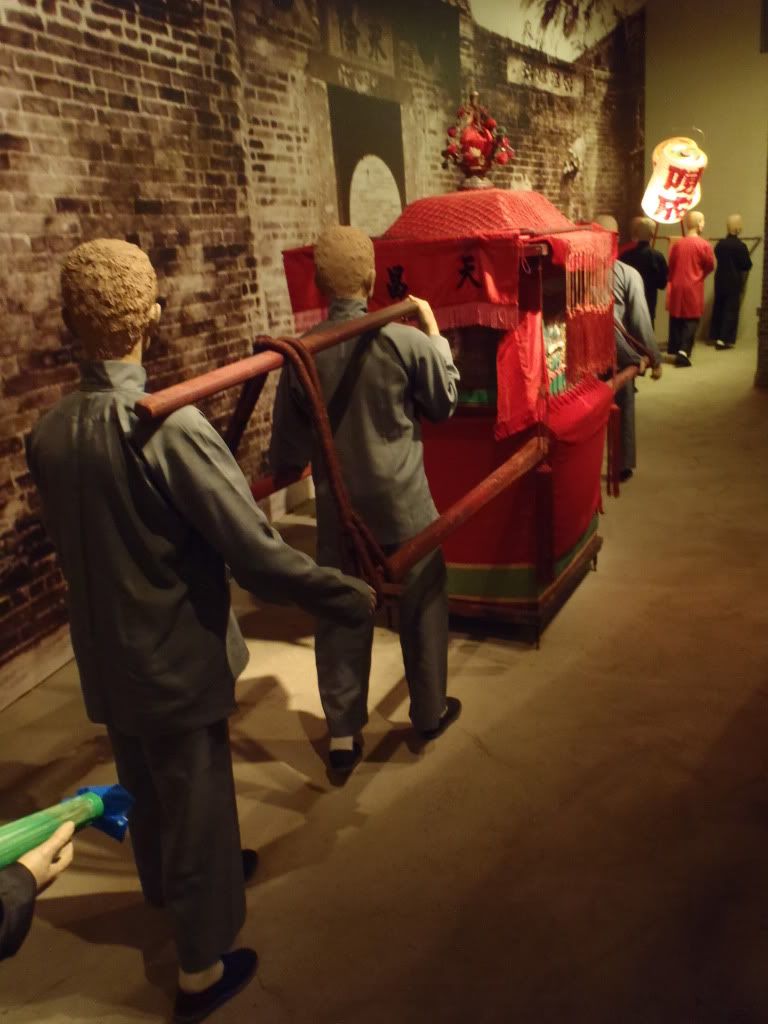
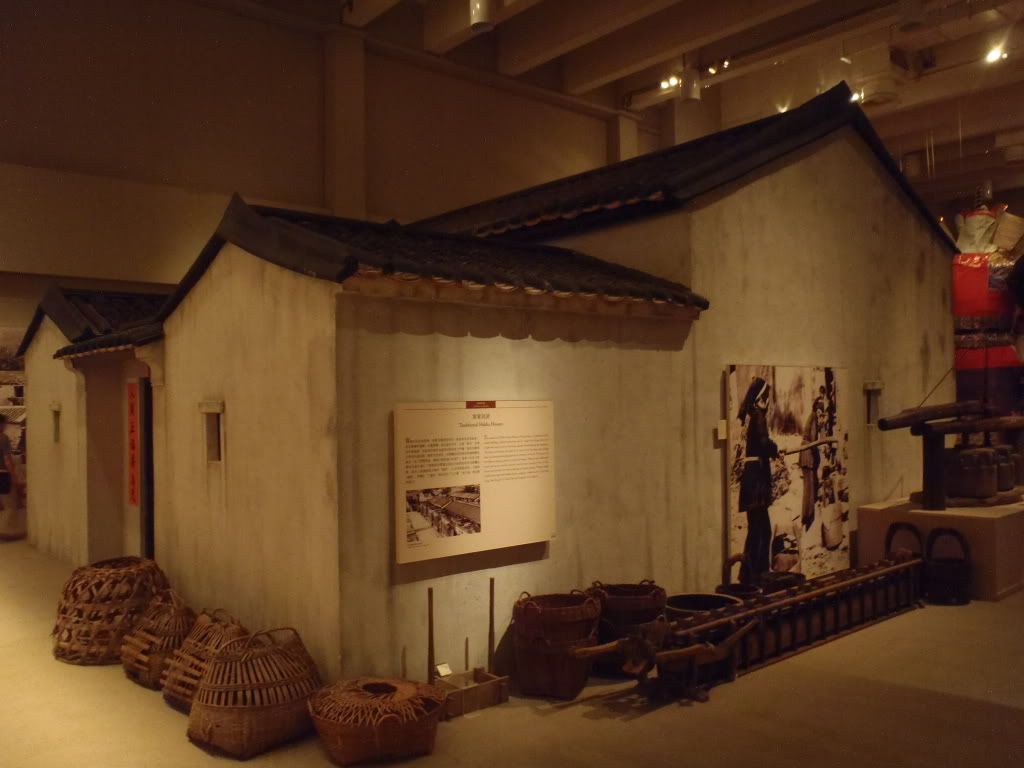
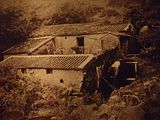
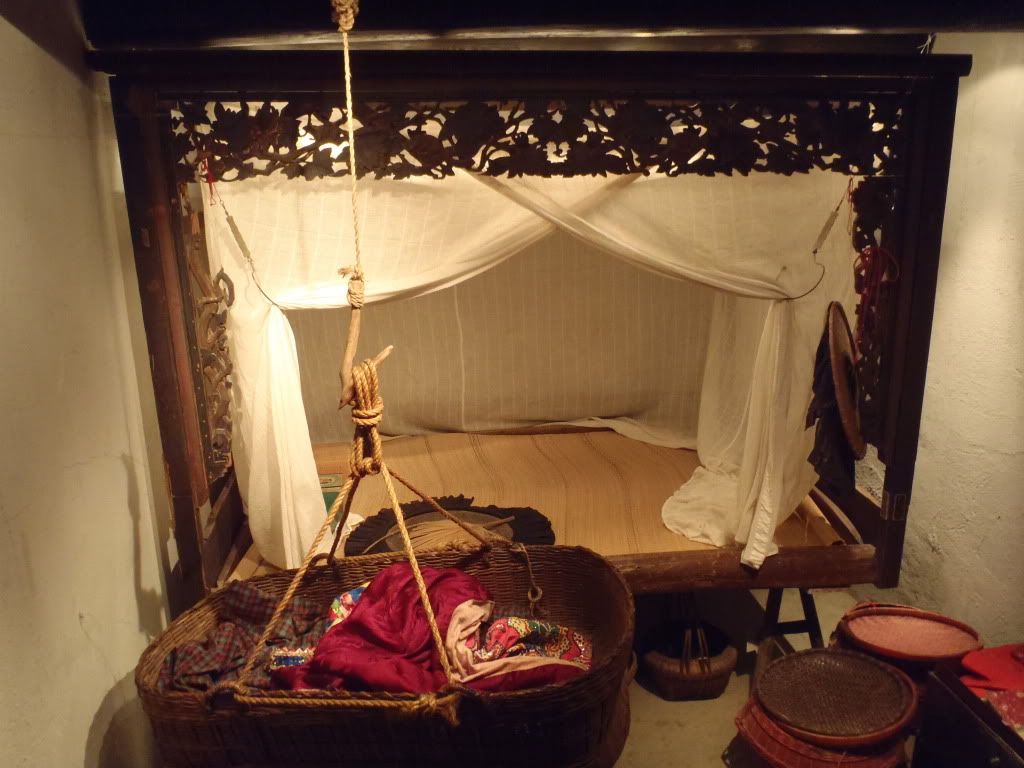
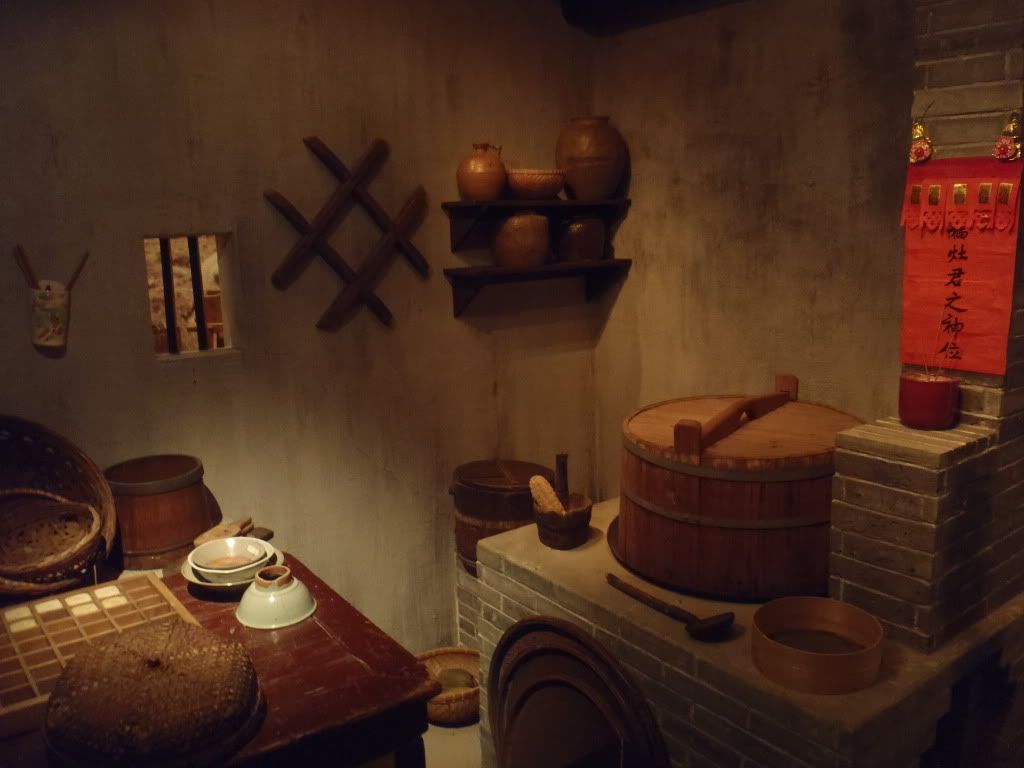
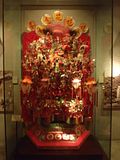
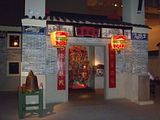
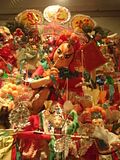
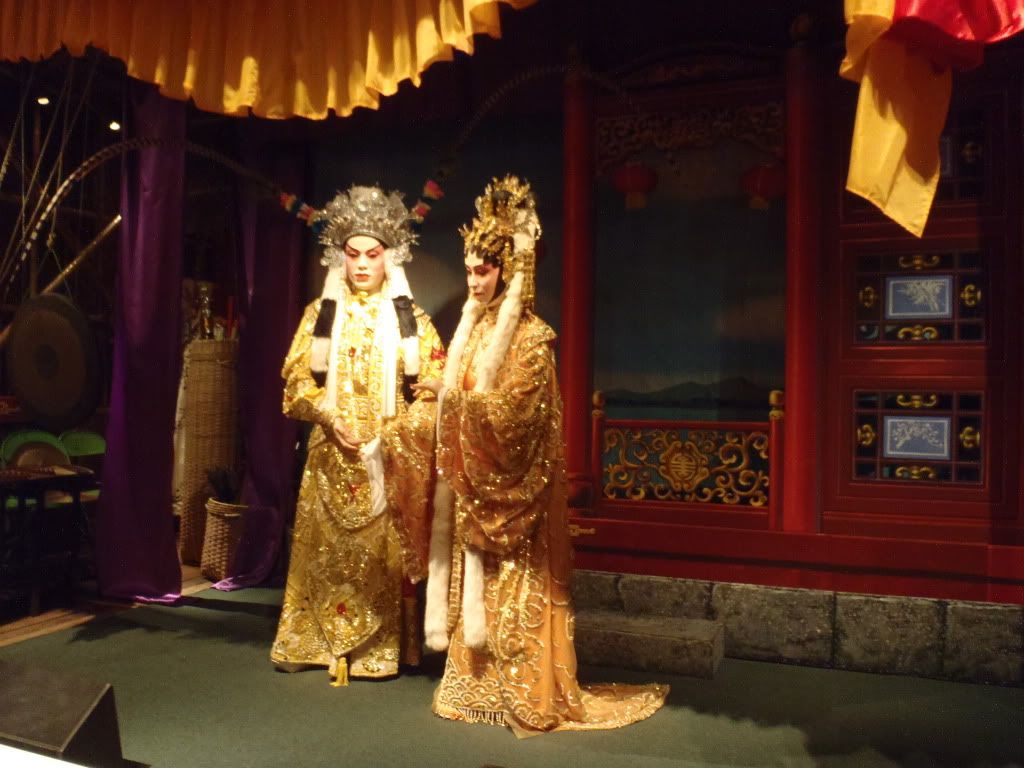
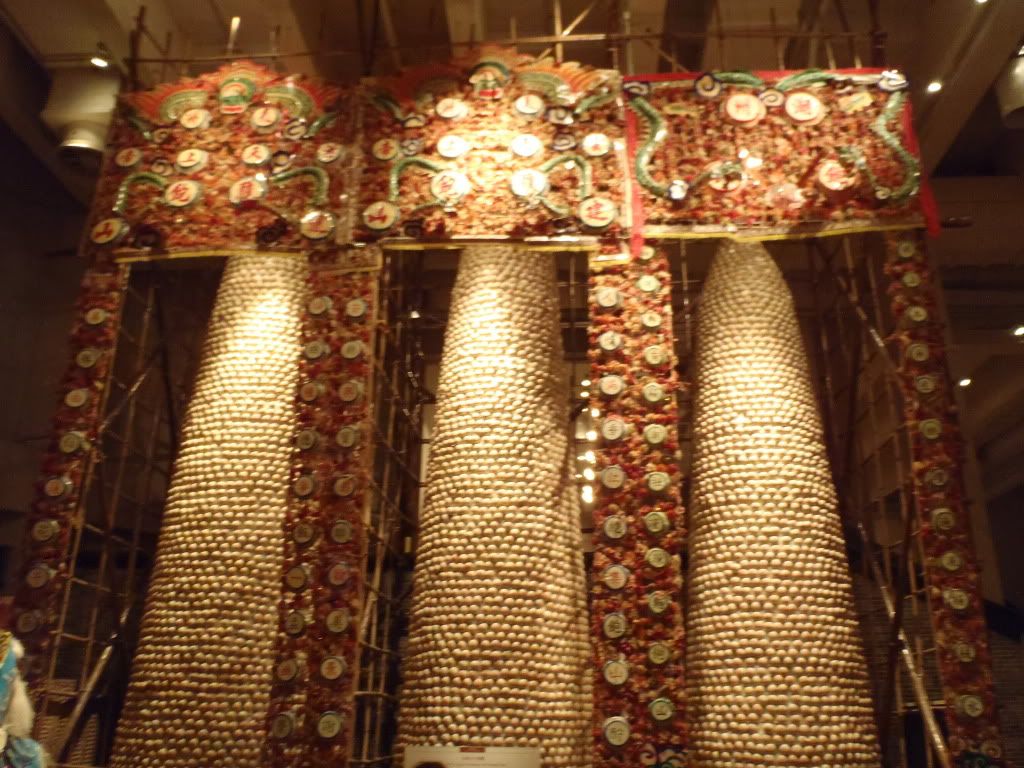
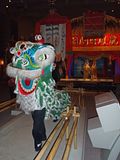
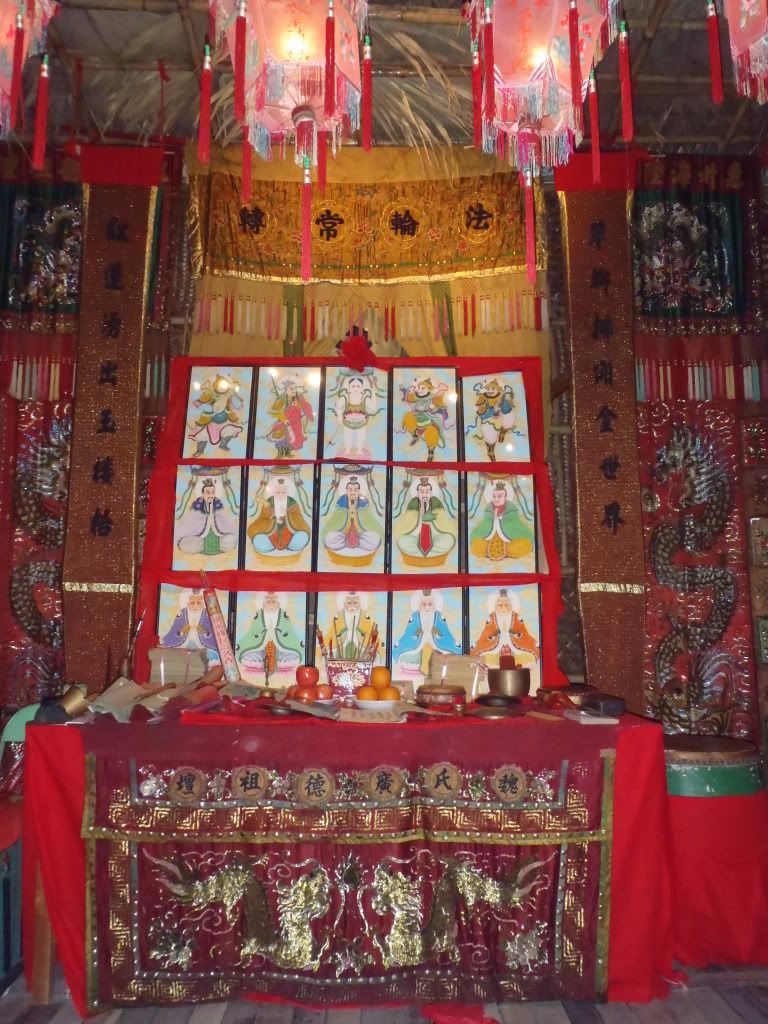
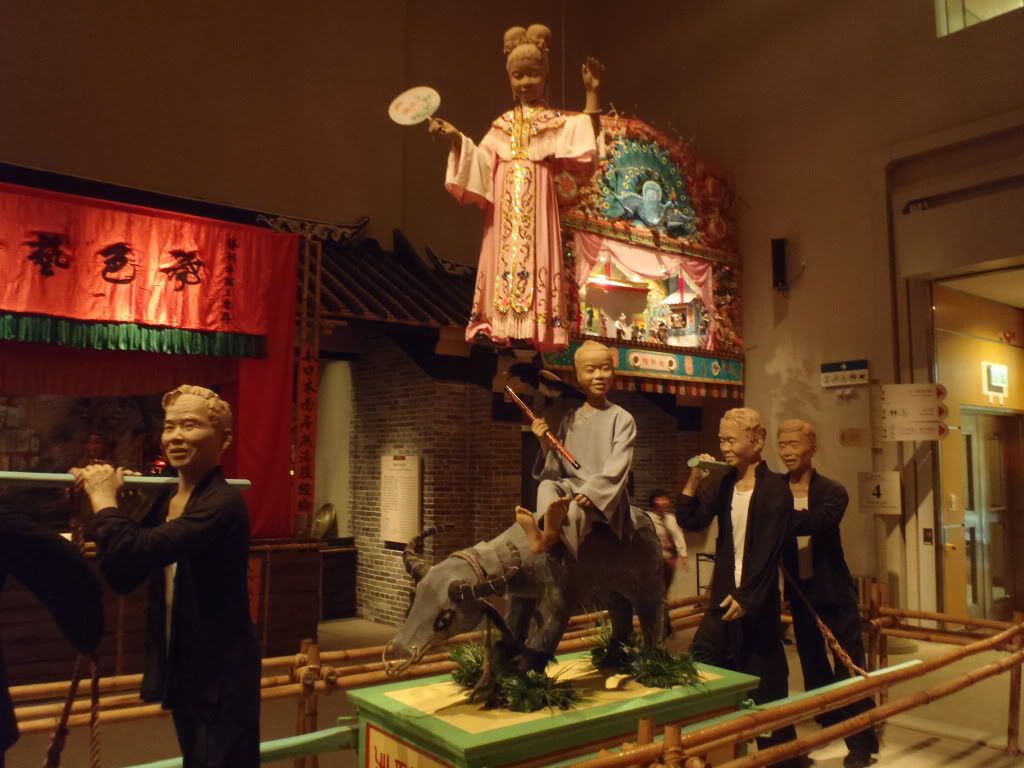
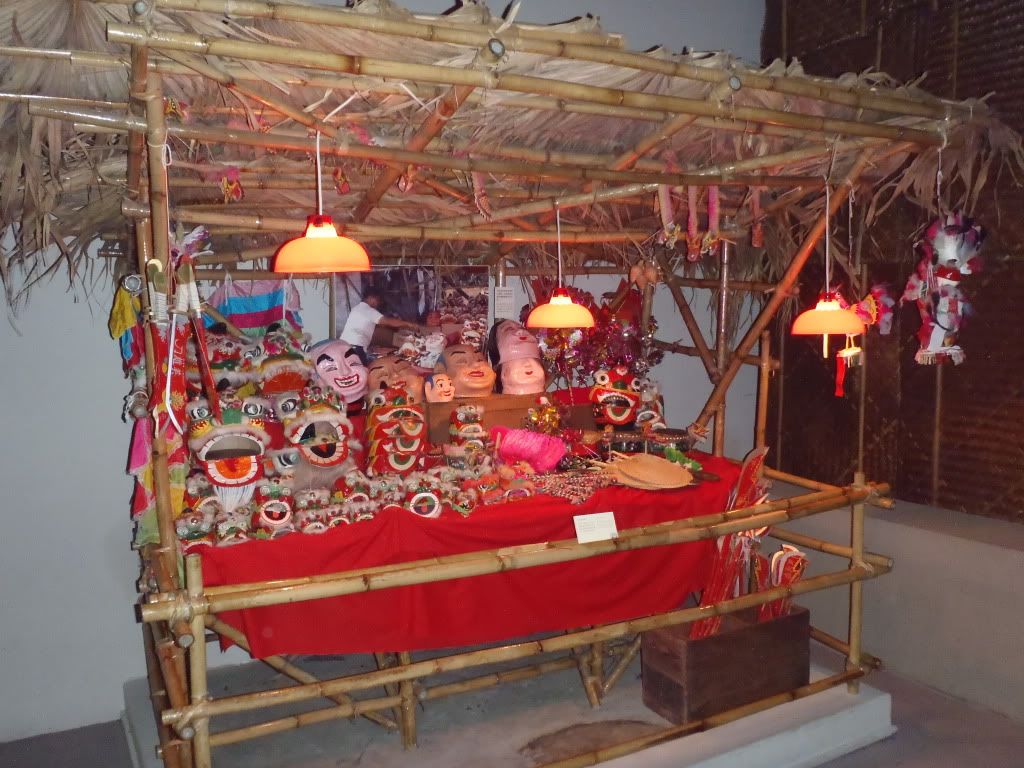
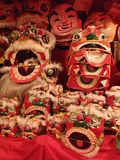
At this point, the end of Gallery 4, Henk and I took a well-needed break and grabbed something to eat from the museum cafeteria. He had a noodle soup and I a duck sandwich… but sadly the food wasn’t that great. I even ordered lemonade which looked and tasted more like sugar water than anything else. Henk’s pineapple drink was no better: it turned out to be a glass with ice and some chunks of pineapple at the bottom and a can of Sprite to fill the glass up. Might as well have just gotten a cheaper soda!
Next we moved on to the Opium War period of Hong Kong’s history. You all should know the story: The British had a big demand for Chinese tea, but the Chinese did not want to buy Western goods in return. Therefore the British started an opium trade which got traction due to the drug’s addictive nature. At some almost 10 million people were addicts. The Chinese government decided to stop the trade by dumping huge amounts of the stuff into the water. Unfortunately, this only resulted in the British retaliating with force and an even more unfortunate paying of $ and ceding to the British of Hong Kong Island. The next part of the museum was a tour through make-shift post offices, banks, medicinal shops, grocery stores, and tea houses which had been disassembled from their former home in Hong Kong and reassembled as displays in the History Museum. Quite cool! We read about the revolution and saw newspaper shops and some of the old posters/newspapers of the time.
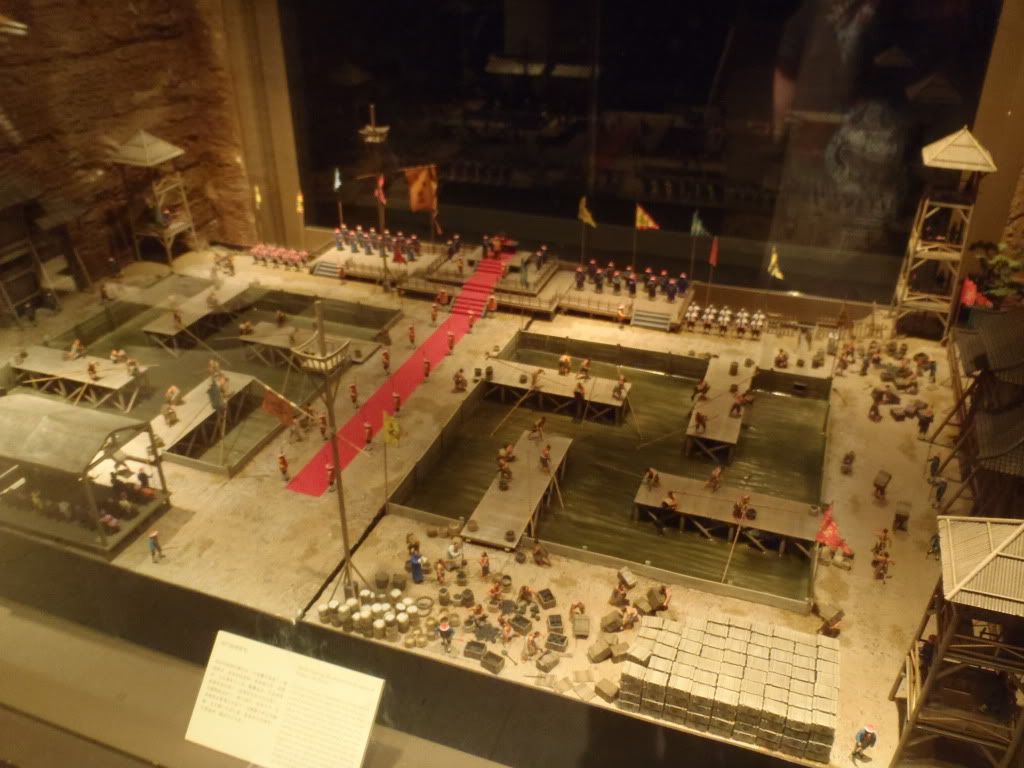
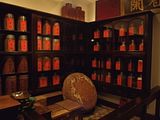
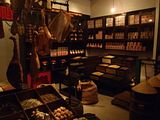
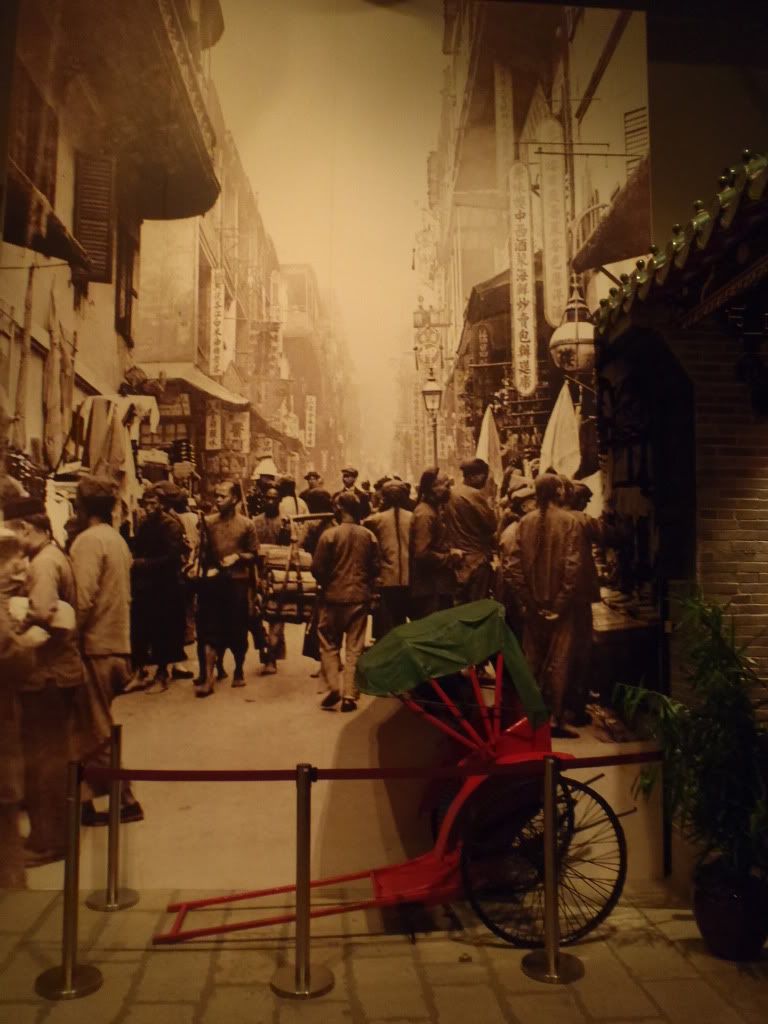
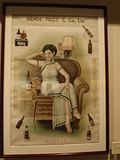
The British rule in Hong Kong and the Japanese occupation (and then surrender) of Hong Kong were both explored in elaborate displays. Once the war was won and Hong Kong was liberated there was a huge increase in population as immigrants with no other options came to the area seeking a new life. As a result of more people and all the housing having been destroyed by war, there were a ton of squatter settlements which led to a few massive fires in the 1950’s. Many natural disasters plagued the unfortunate city as well – typhoons the worst of the bunch.
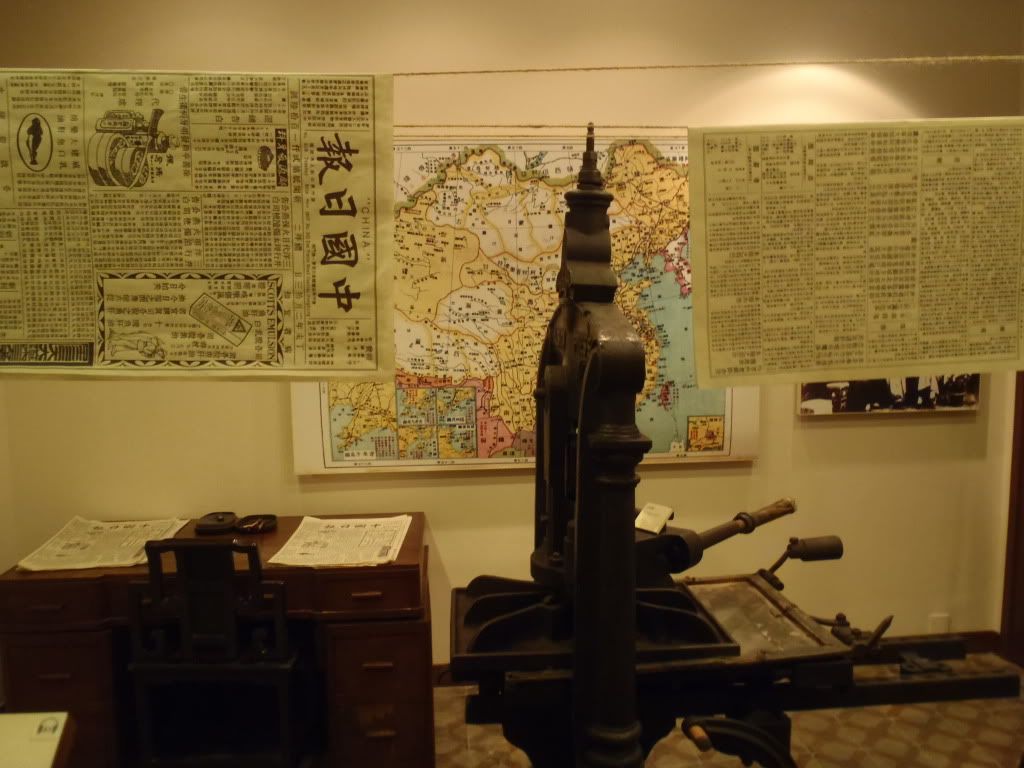
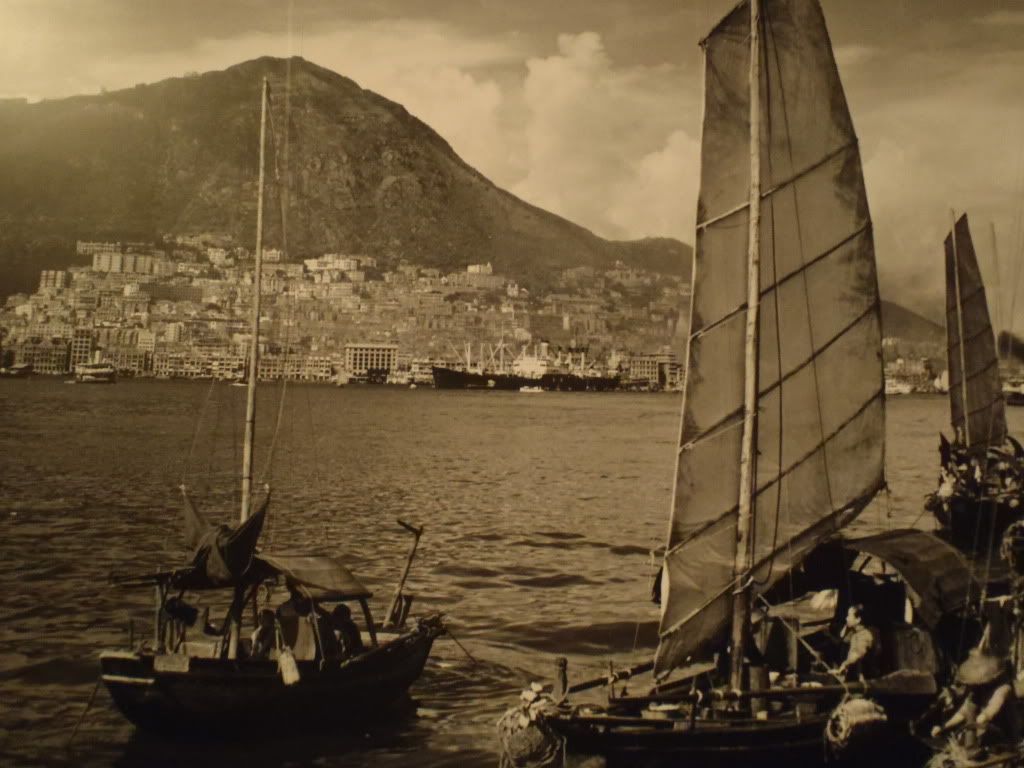
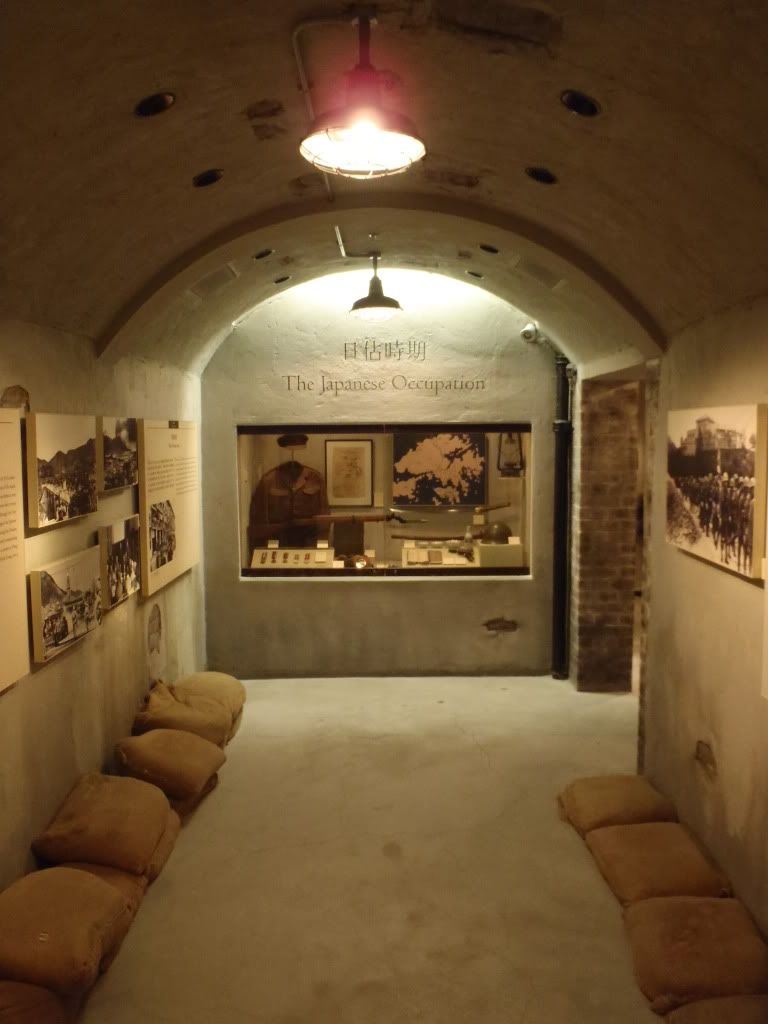
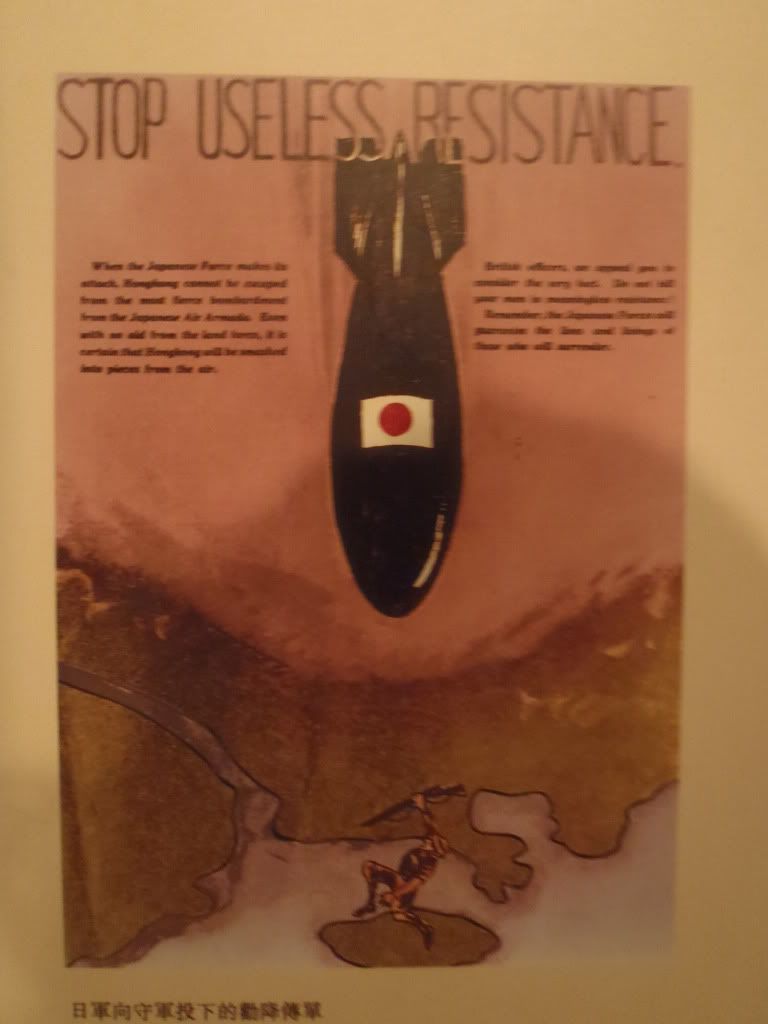
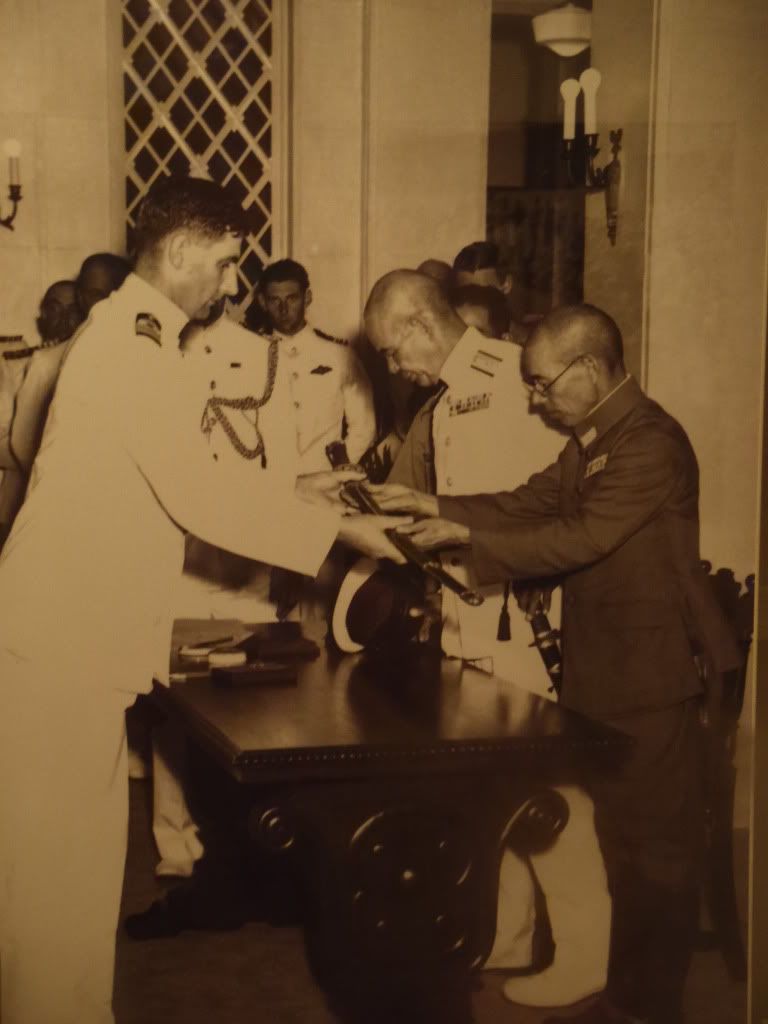
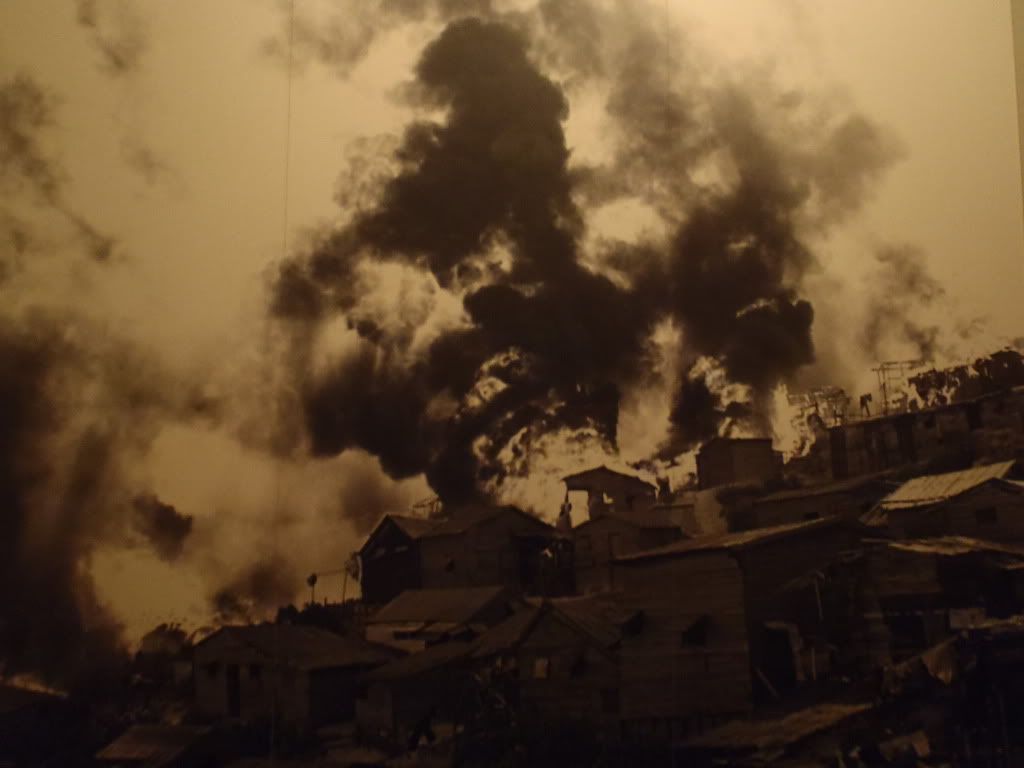
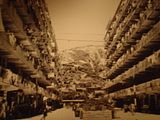
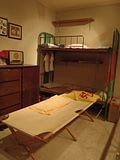
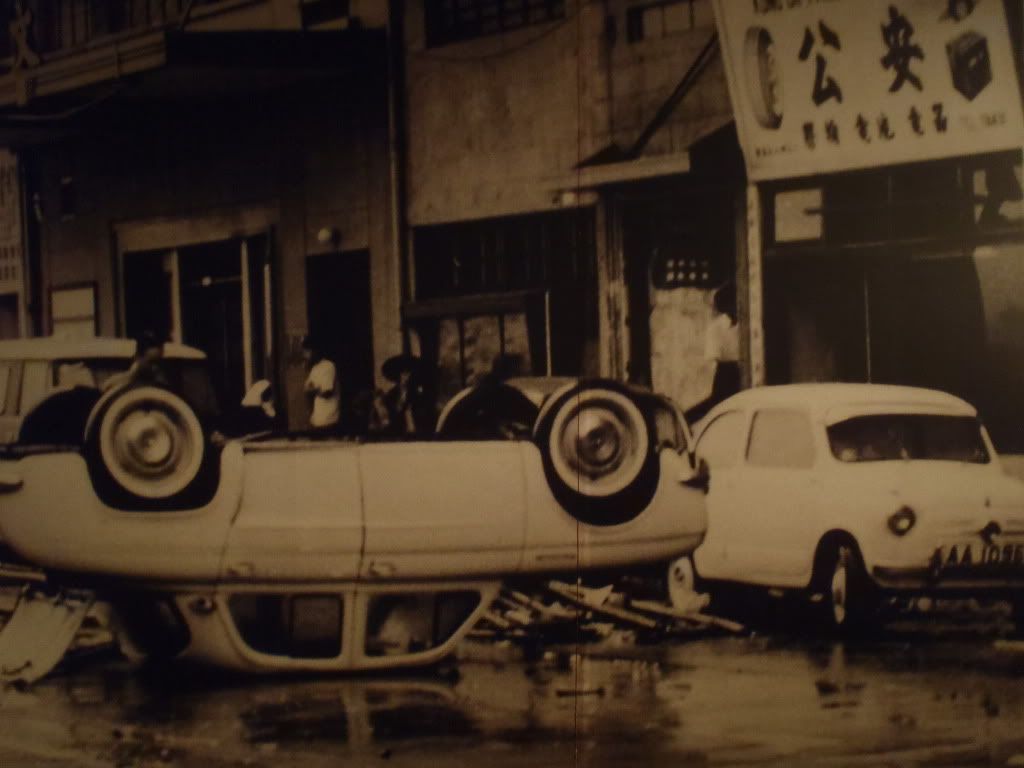
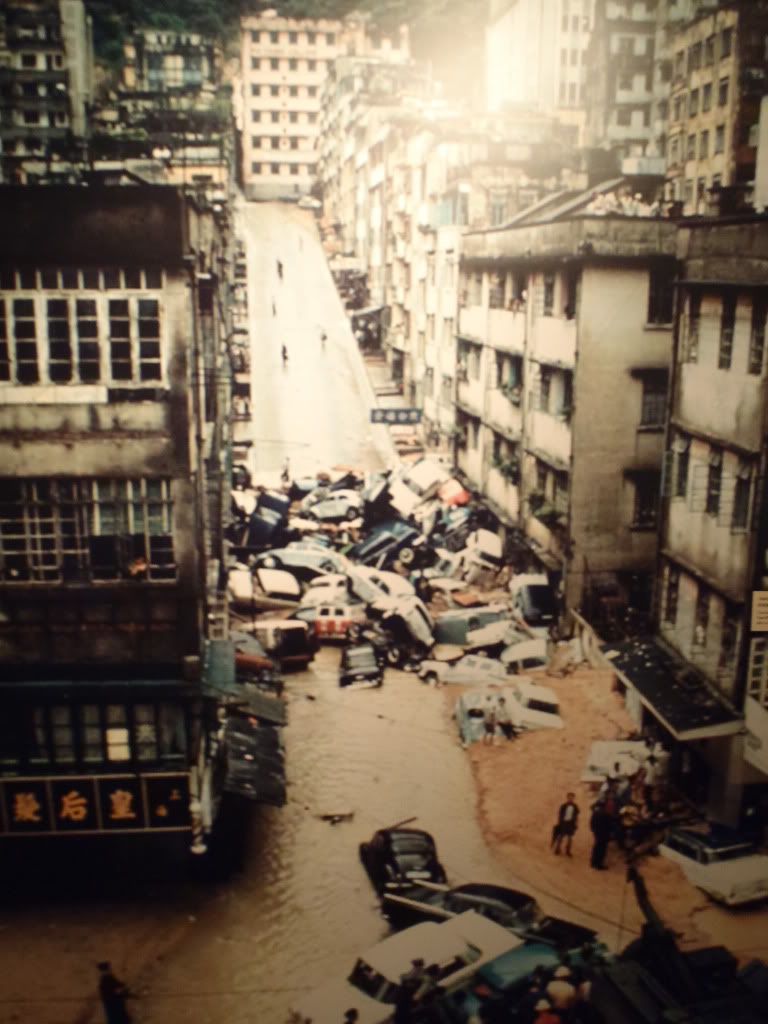
But the bad times were soon over and tourism and prosperity to Hong Kong made the region vibrant again. Tea shops opened up, stores flooded with new products, and Hong Kong became known as the ‘place to get cheap goods.’ Universities began to open up in the city and education was on the rise. Women began to take factory jobs and the entertainment industry was booming. Finally in 1997, Hong Kong was returned by the British to China. The museum was beginning to close now and there was a final segment on Chinese dresses that we didn’t get to see. But we picked up a detailed brochure on the exhibit, so it’s all good!
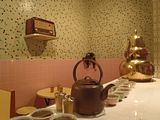
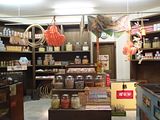
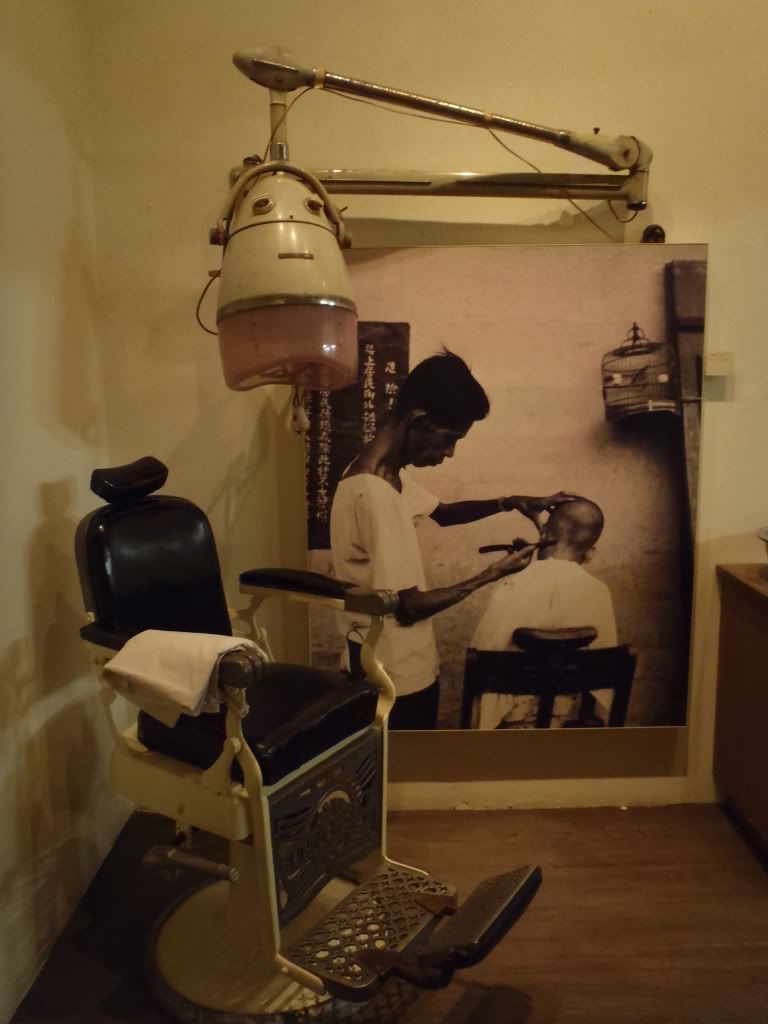
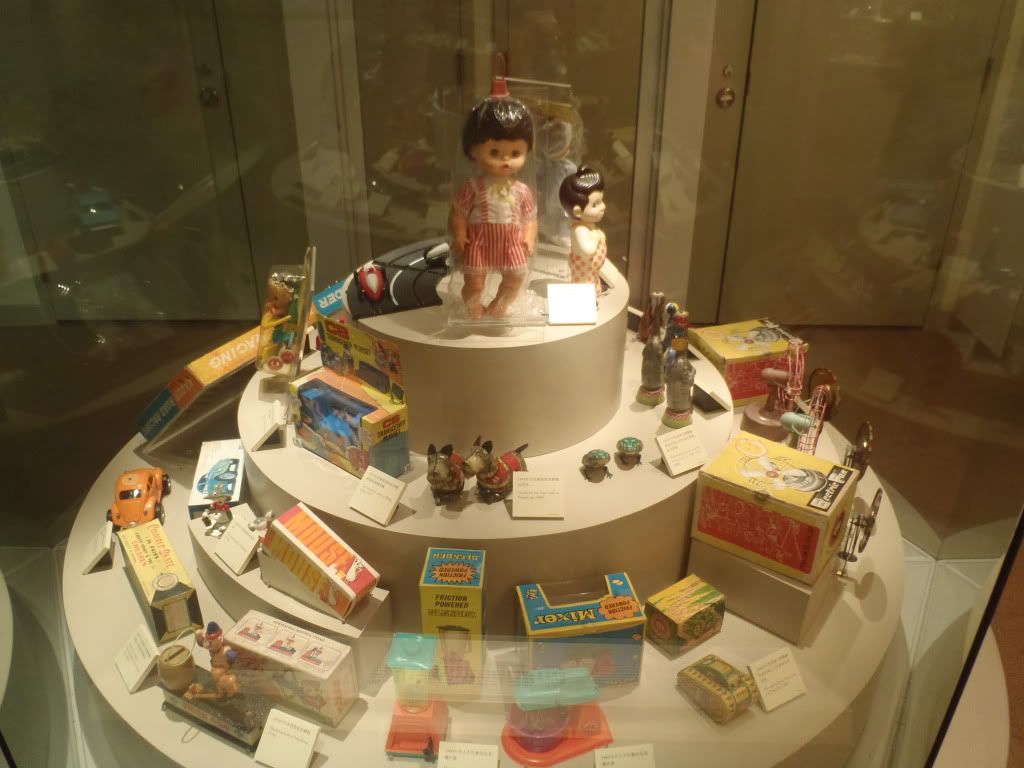
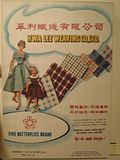
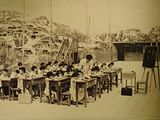
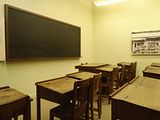
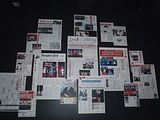
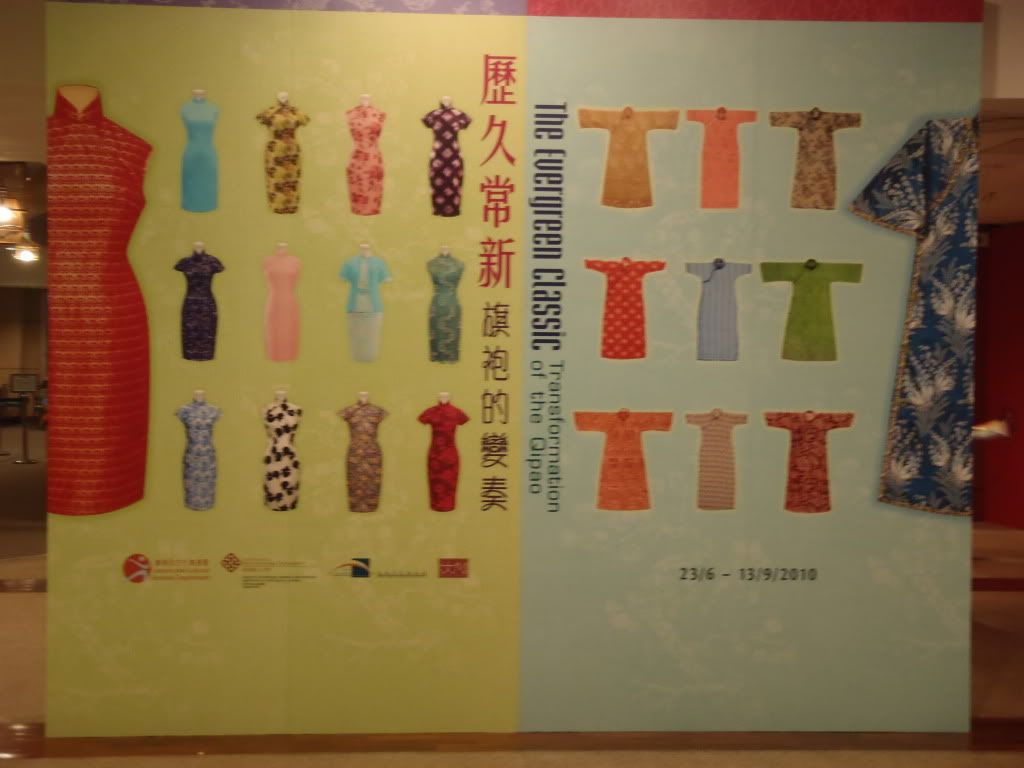
Next was the Science Museum. This museum was going to be open from 6:00 PM to 9:00 PM giving us plenty of time to visit it. We dropped off the audio-guide was had gotten for the History Museum and crossed the pathway to the Science Museum. This museum was really cool with a bunch of interactive exhibits. There were mock construction machines and ‘games’ where we could test our skills. We also tested our fitness levels and found that my heart rate is on the higher side and Henk’s on the lower end. There was a ‘tip-toe’ test which tests how lightly you can step. (I got a perfect and although it doesn’t show well in this picture, Henk missed two steps and walked too harshly!) Plus there were motion sensitive games where you could ‘step into the game.’ Henk liked the optical illusions. See if you can figure out the two pictures for some of these…
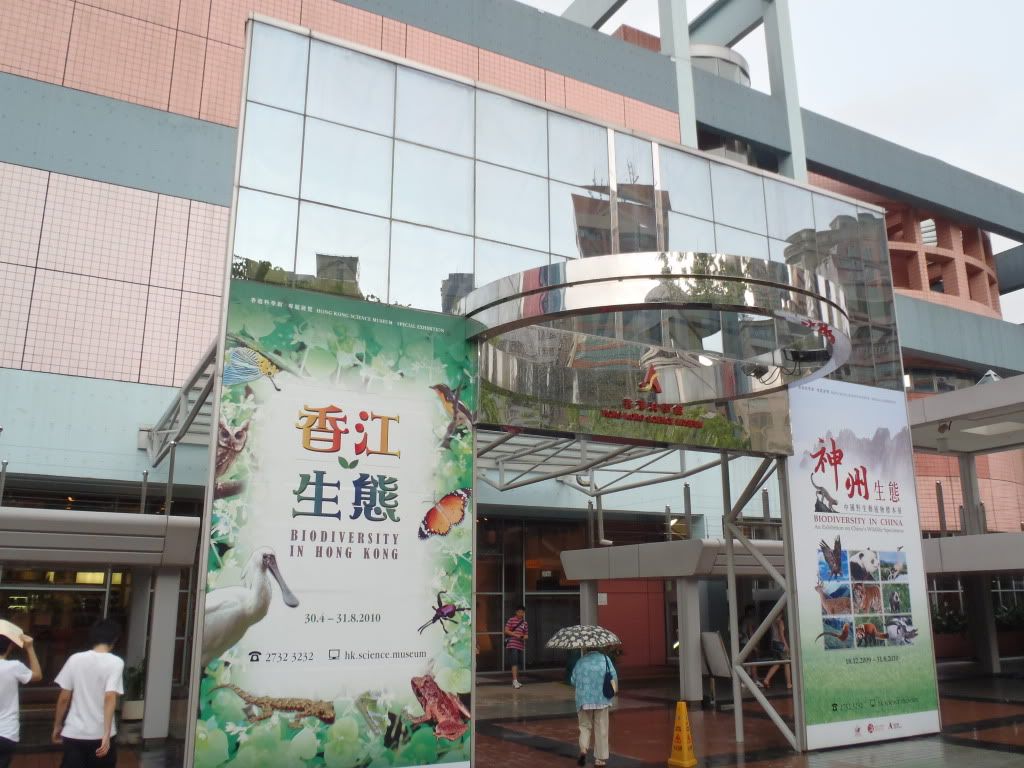
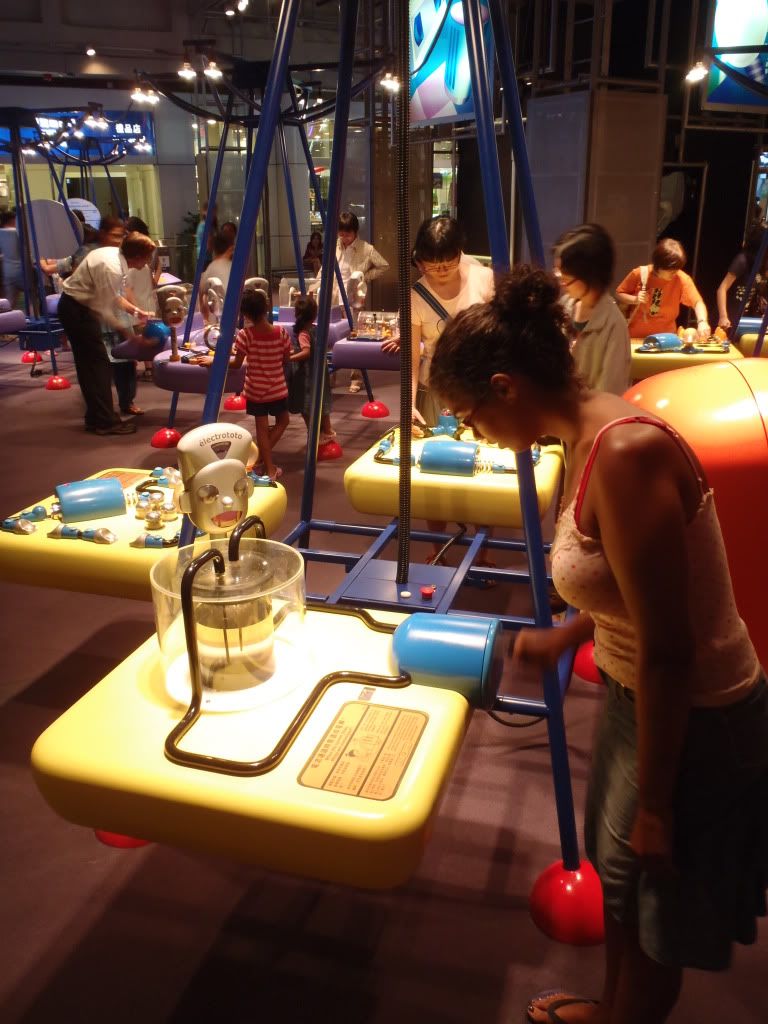
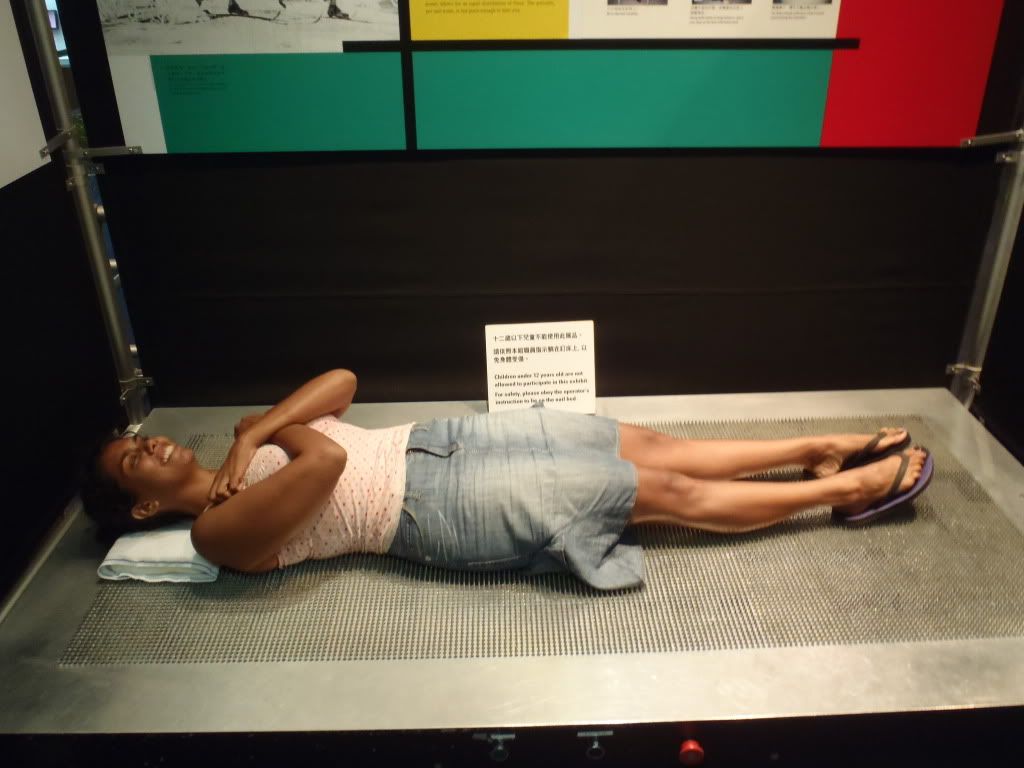
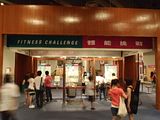
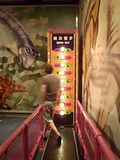

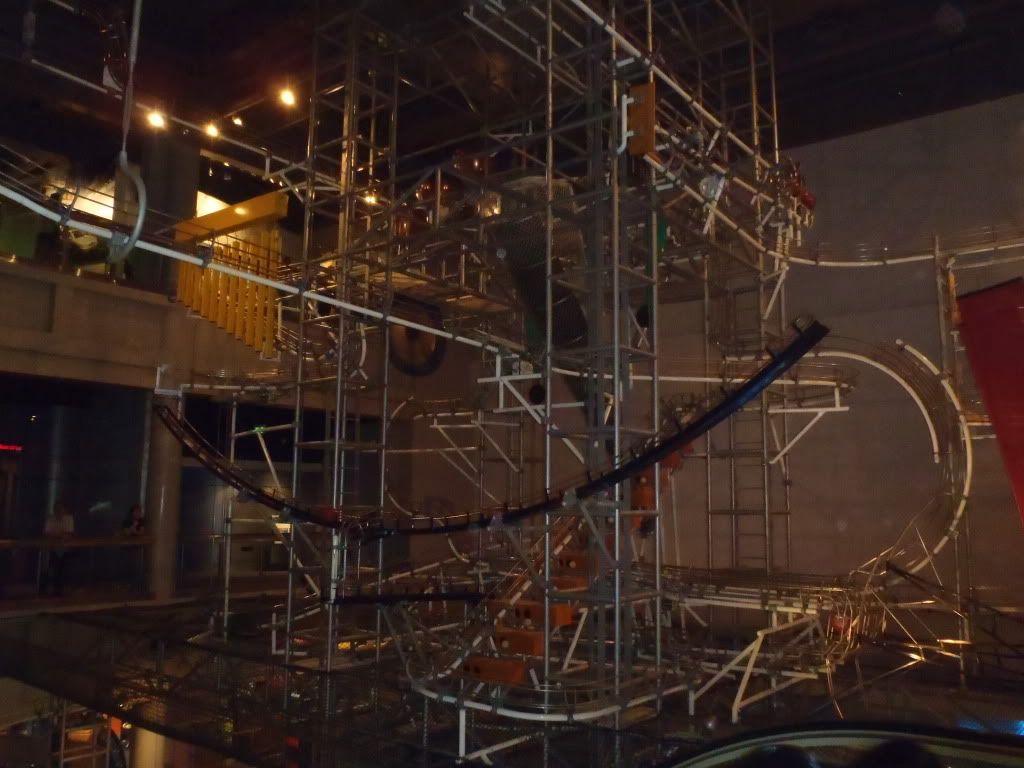
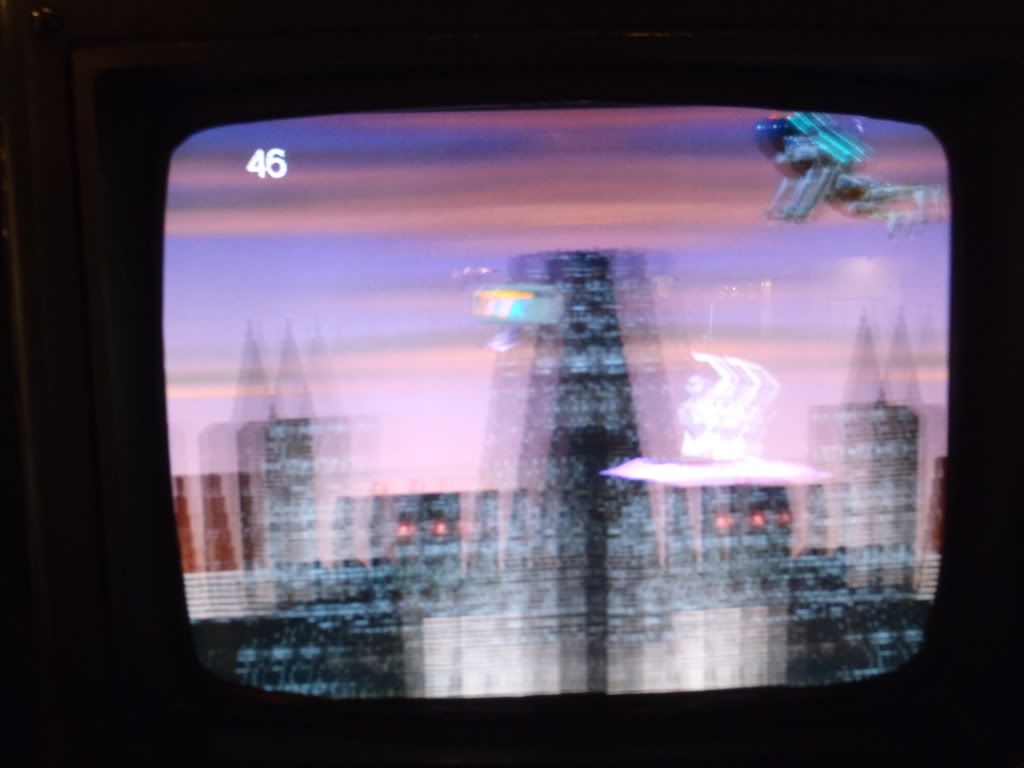
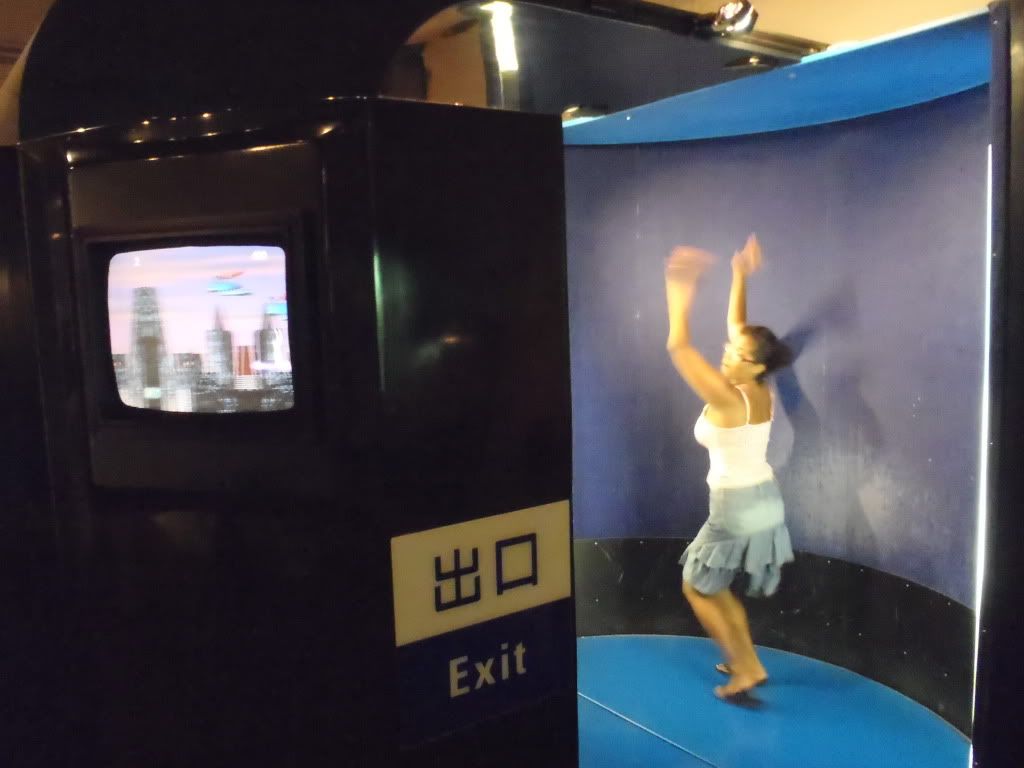
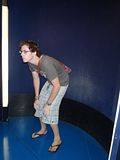
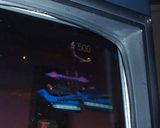

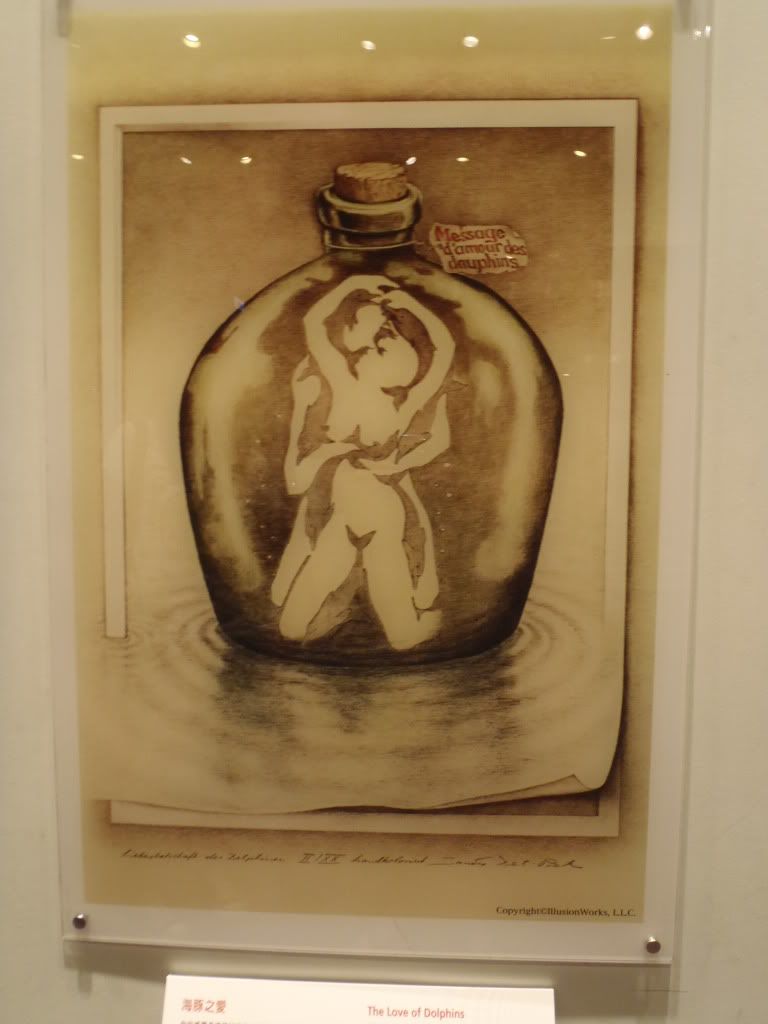
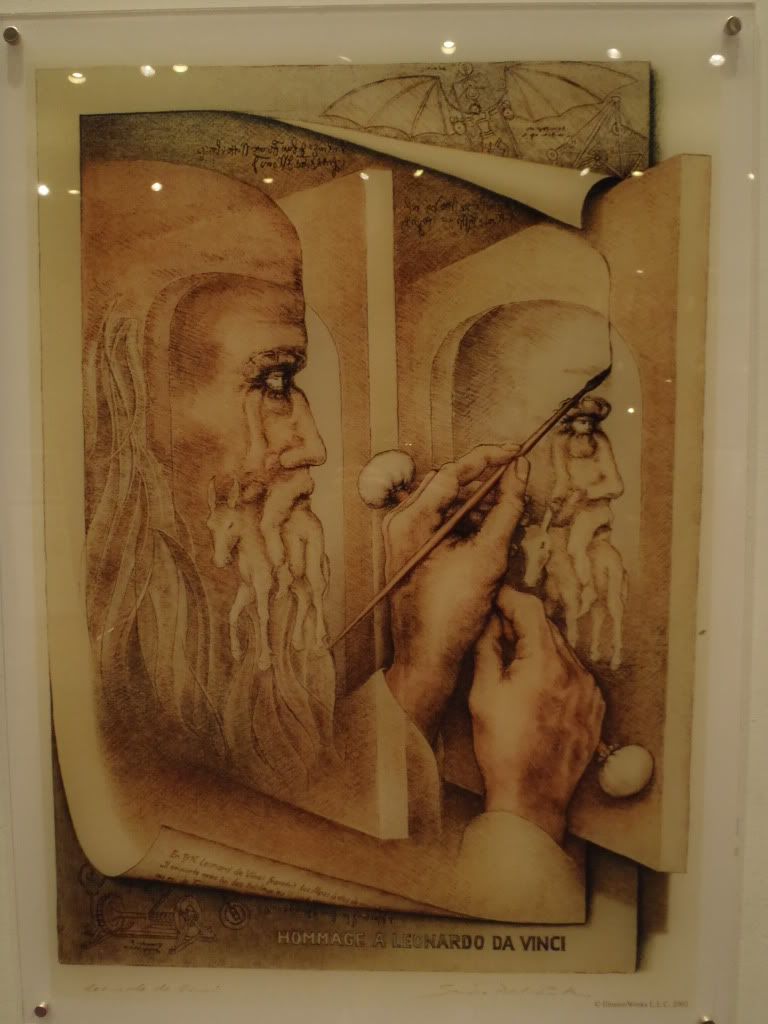
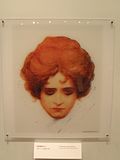
We arrived back to Imran’s place shortly before 9:00 PM, stopping quickly first to get some take-away pizza and butter chicken from Gordon’s. We enjoyed this delicious meal before Imran came back with another couchsurfer who was escaping a rather strange (read: creepy) guy she stayed with for a few nights with her boyfriend. Since her boyfriend left to return home, she needed a safer place to crash and Imran’s was it. Luckily there was enough room for everyone so that wasn’t a problem. We chatted for a while, then fell asleep exhausted from the long day.
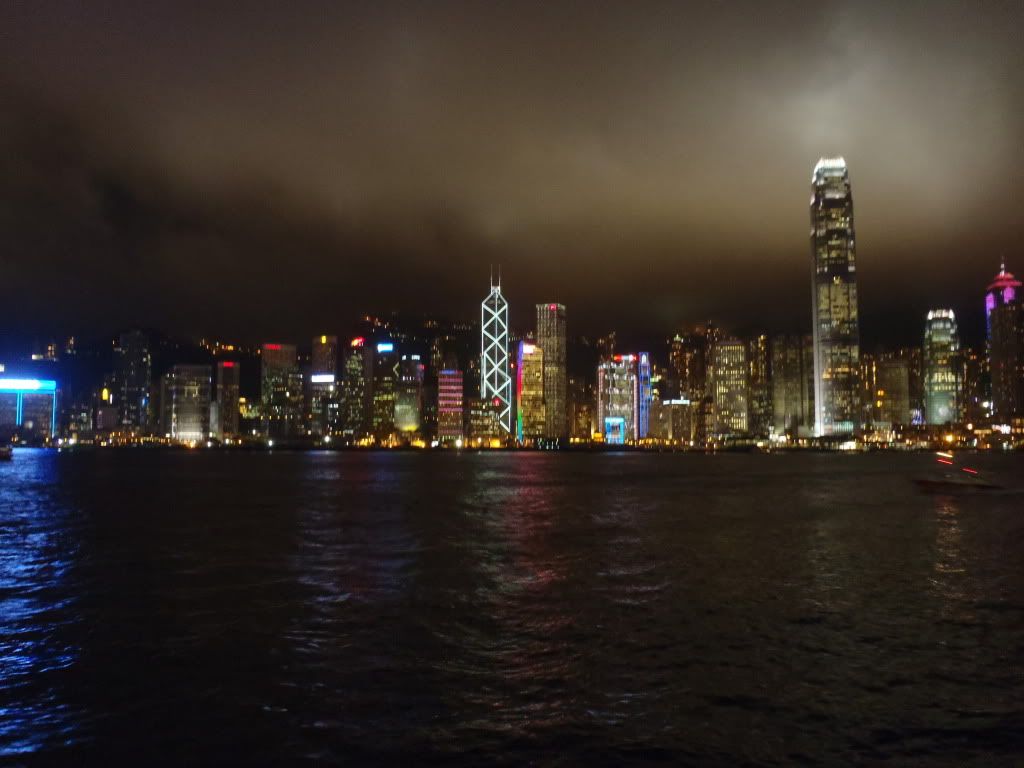
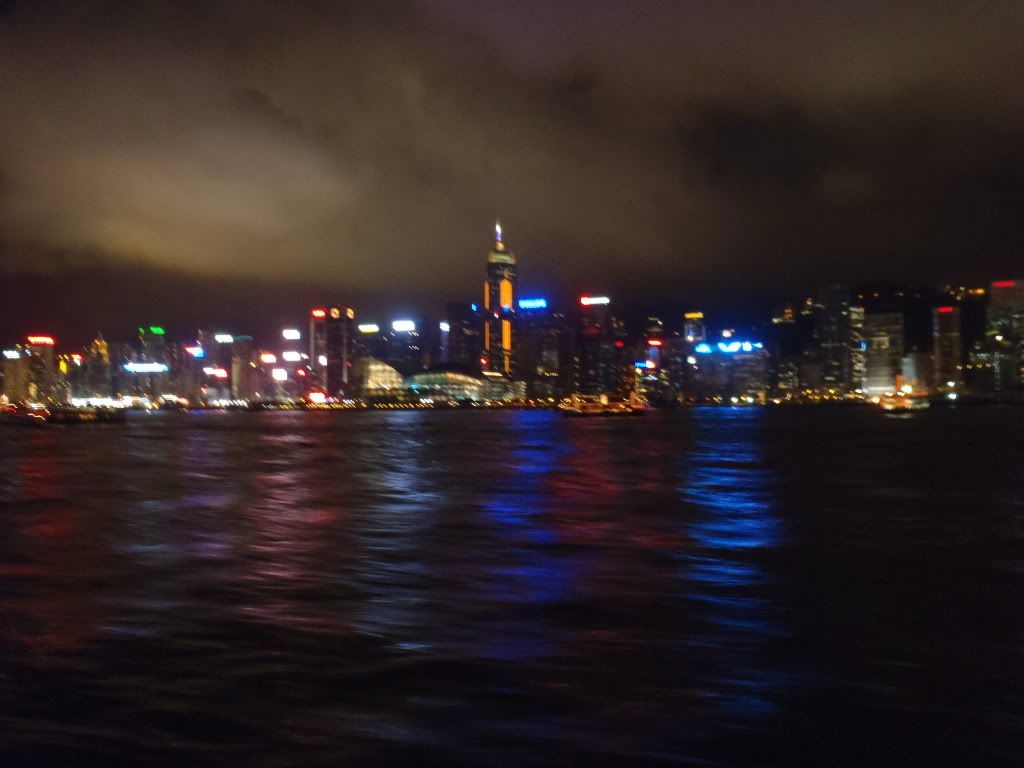
The next morning on the 24th we thanked Imran for letting us crash with him and found a nice (and decently priced) hostel in town for the night called Lee Garden Guesthouse. GO THERE NOT CHUNGKING MANSION! After dropping off our bags and checking into our room we headed to the Space Museum believing that we would have time to do the Art Museum beforehand. But the Art Museum was closed! We had the wrong opening day in our minds. We decided to wait until the Space Museum opened later on and grab some lunch and pick up our visas in the mean time. After getting our China visas and passports back, we finally entered the Space Museum. To our surprise (after the amazing History Museum) we weren’t actually that impressed with Hong Kong’s Space Museum. It might make sense because China doesn’t have much of a space program (at least that is the impression the museum gave us) going on.
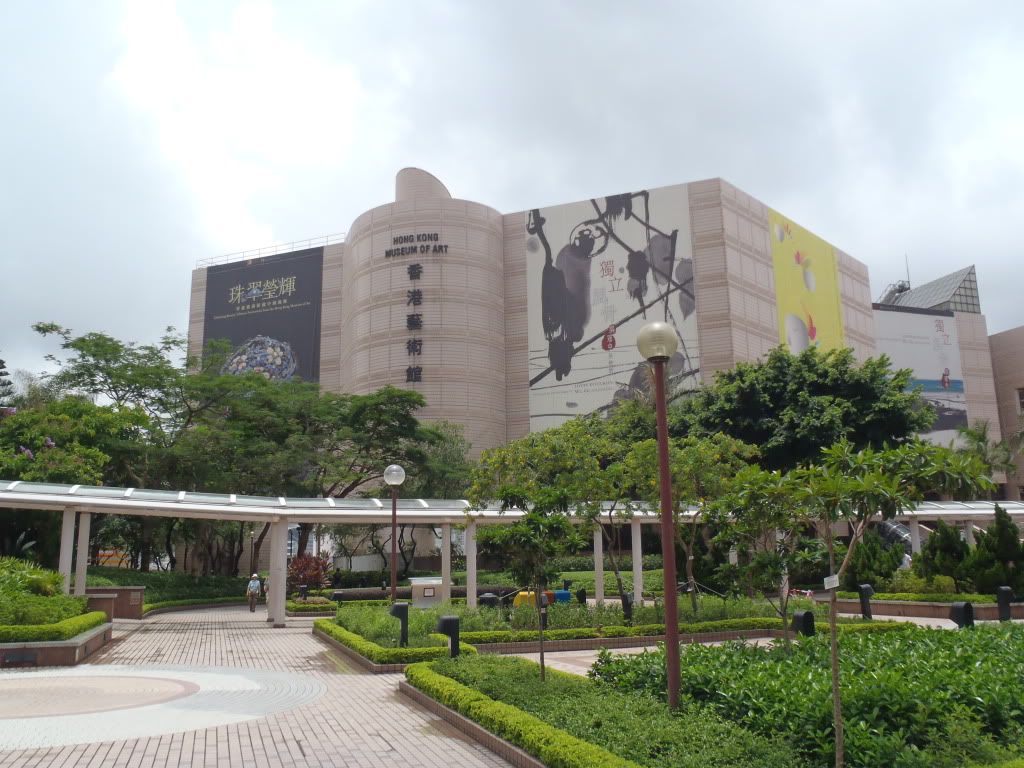
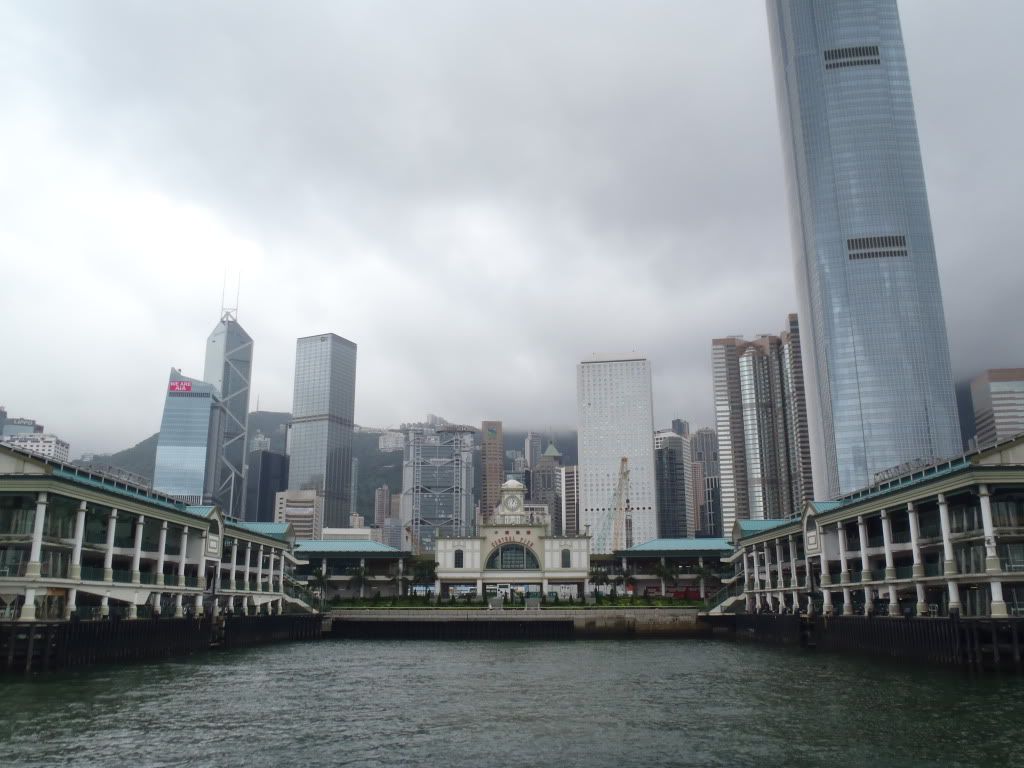
It did begin with an interesting history about the exploration and interest/beliefs about space through the times, with examples from different cultures and religions. We learned about North American calendars, Mayan calendars, and the Chinese zodiac. The Hindu worldview saw the Earth carried on the backs of four elephants standing on the shell of a tortoise supported by a serpent floating in a never-ending ocean. The Nordic mythology held that Ymir the giant’s body parts made up the various parts of the Earth – his body was the land, his skull was the sky, and his sweat produced the sea. Interesting stuff! There were also examples of various old-school scientific instruments used for space exploration. After a brief history lesson of famous space ‘explorers,’ we found a few hands-on exhibits we got to try.
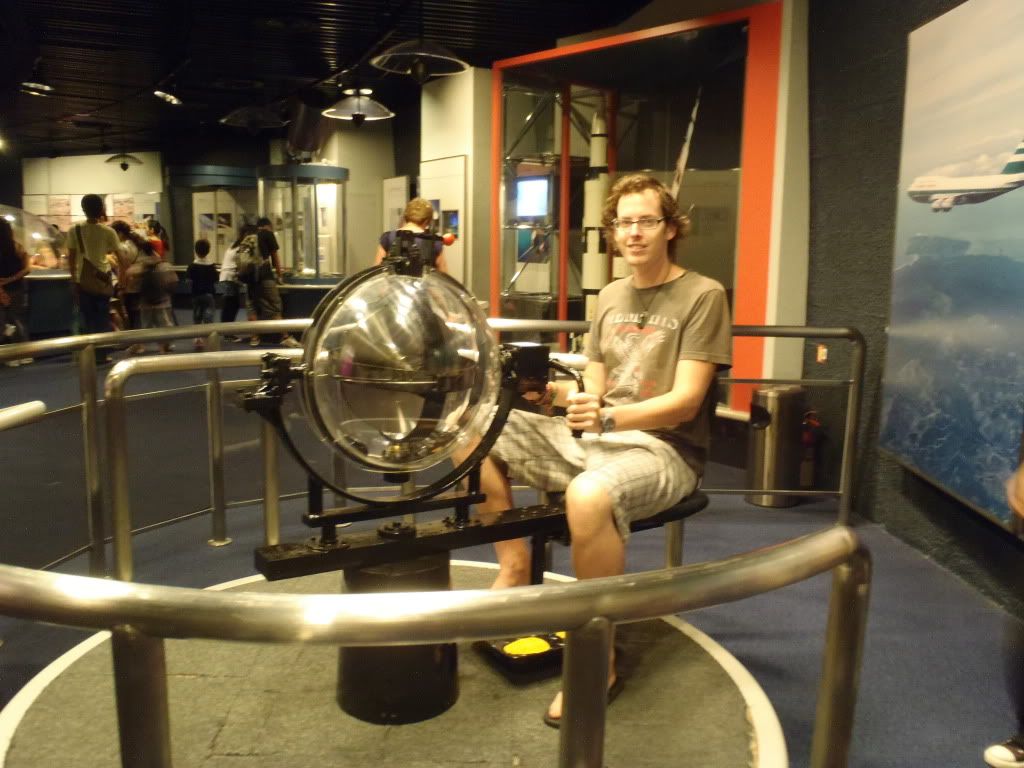
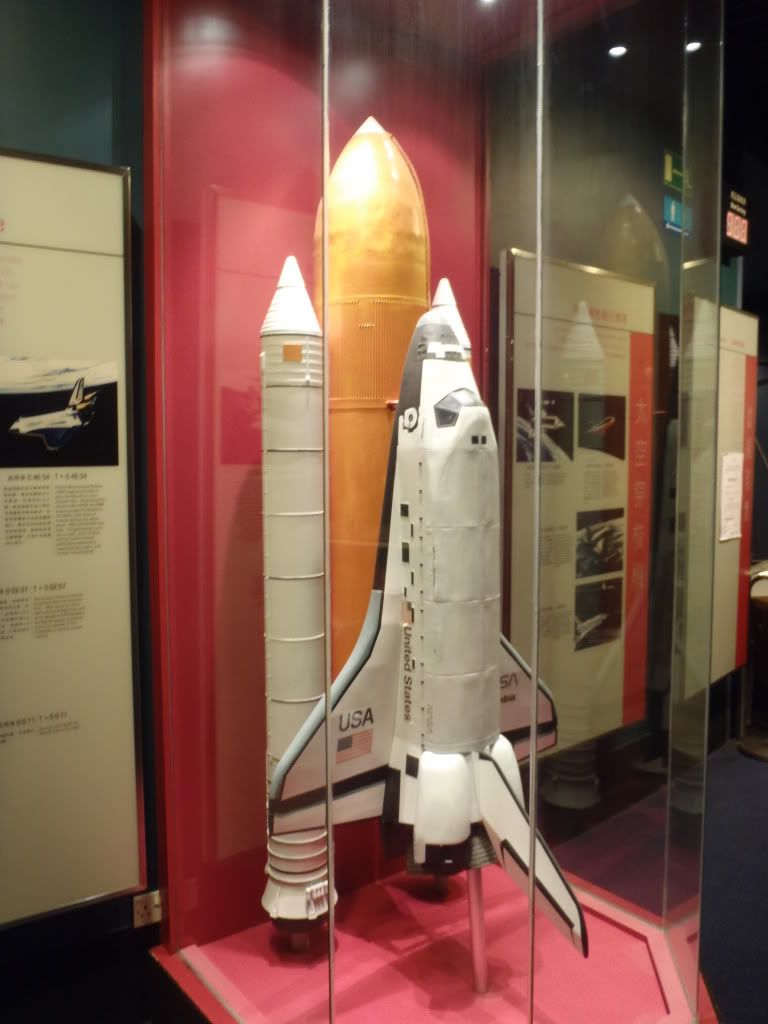
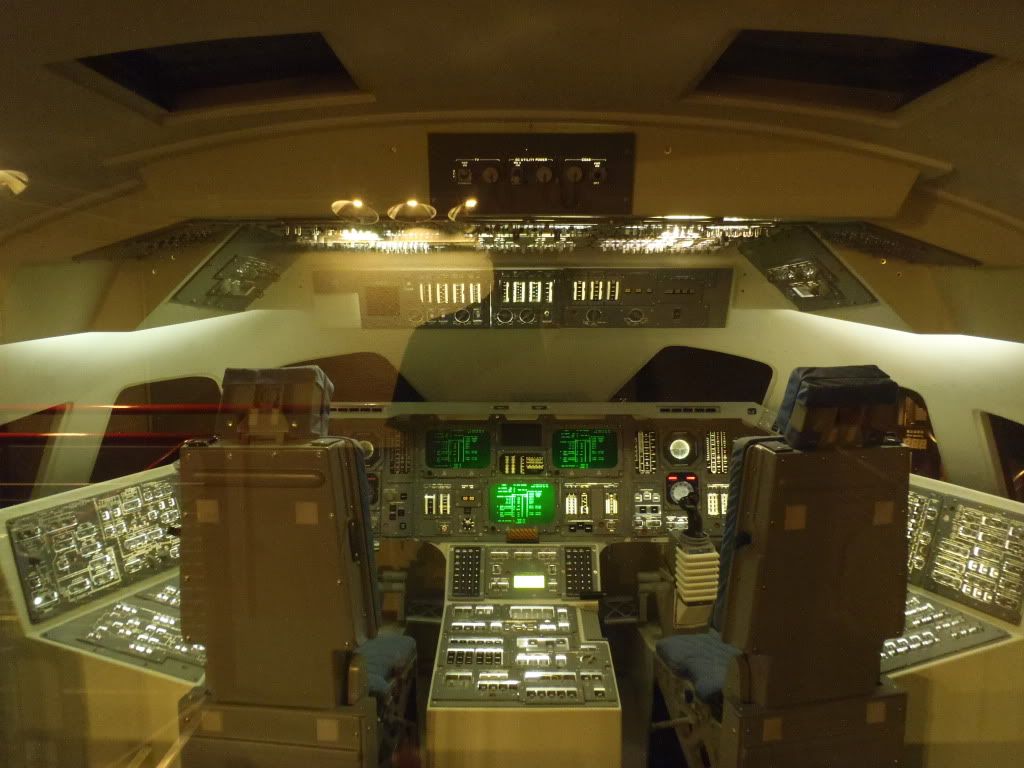
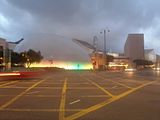
There was a planetarium and we decided to by a few tickets for some of the shows that were on. We chose one about ancient underwater ‘Deep Sea Monsters’ and another about the universe and star development. By the time the shows were finished I was practically falling asleep… I had gotten very tired. On the way back we picked up some take-away Indian food and ate it back in the hostel planning to get up early the next day for our journey into Mainland China. BUT we had decided to try and change our ticket the next morning first as we wanted a day or two to plan things out in Hong Kong. We’ll see.
Friday the 25th Henk and I went to the Hong Kong Art Museum in the morning after trying unsuccessfully to change our bus ticket into China. (How could they expect us to know there were no refunds, changes, or cancelations when they don’t give us the ticket that is printed on until *after* we have already paid!?) There was absolutely nothing we could do – Chinese companies are bureaucratic disasters and are thus notoriously horrible at customer service. We saw some modern paintings, but it was the ancient Chinese ceramics that impressed us the most. There was pottery which STILL had shape, color, and contrast after THOUSANDS of years! Amazing. The most famous pieces were probably the Ming Dynasty blue-glazed pottery pieces along with the Jun Ware mutation pottery with mixed colors due to glazing inconsistencies. There was even a tiger-shaped pillow! (Didn’t look very soft, though.) Plus some old gold and jewelry/headdresses that men and women from the past used to where. After getting some food from Burger King (really, that’s all we can afford in Hong Kong) we headed back to the hostel to begin planning our trip. I started to read through the Lonely Planet and everything got set into motion!
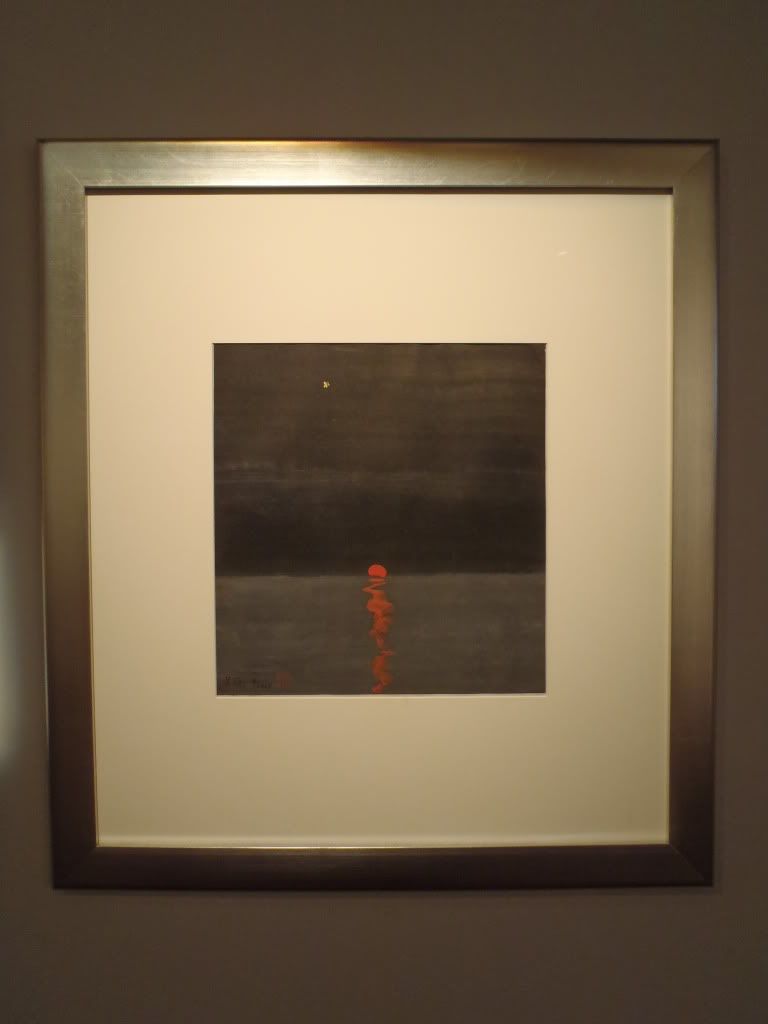
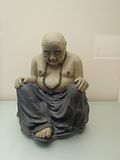
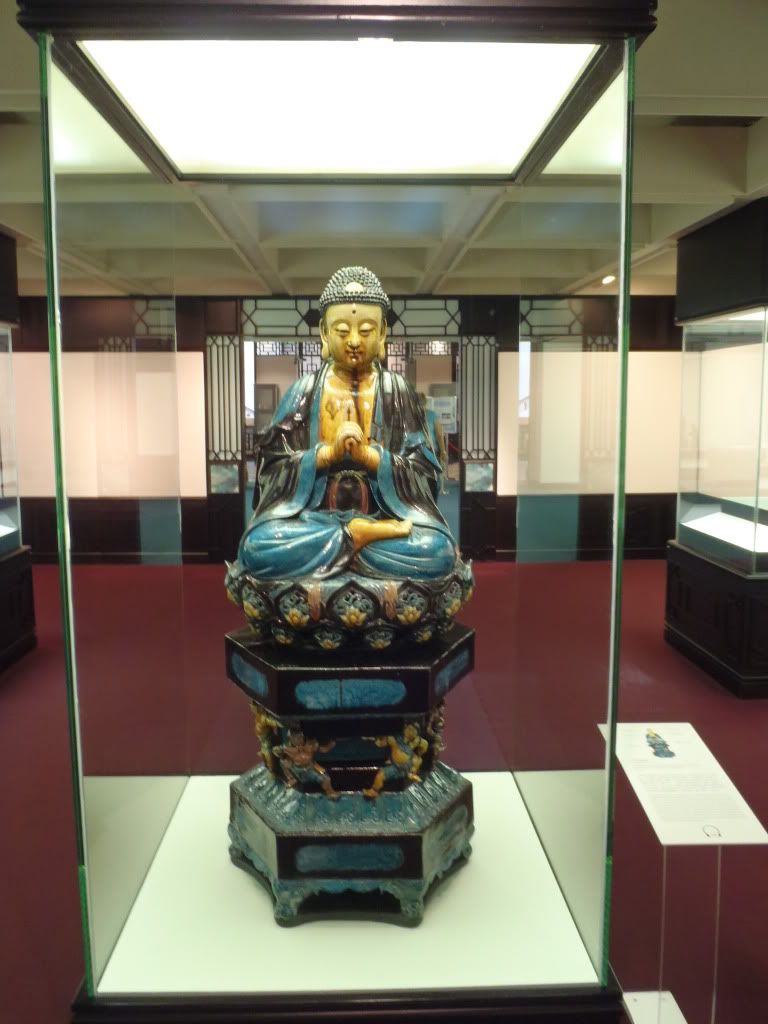
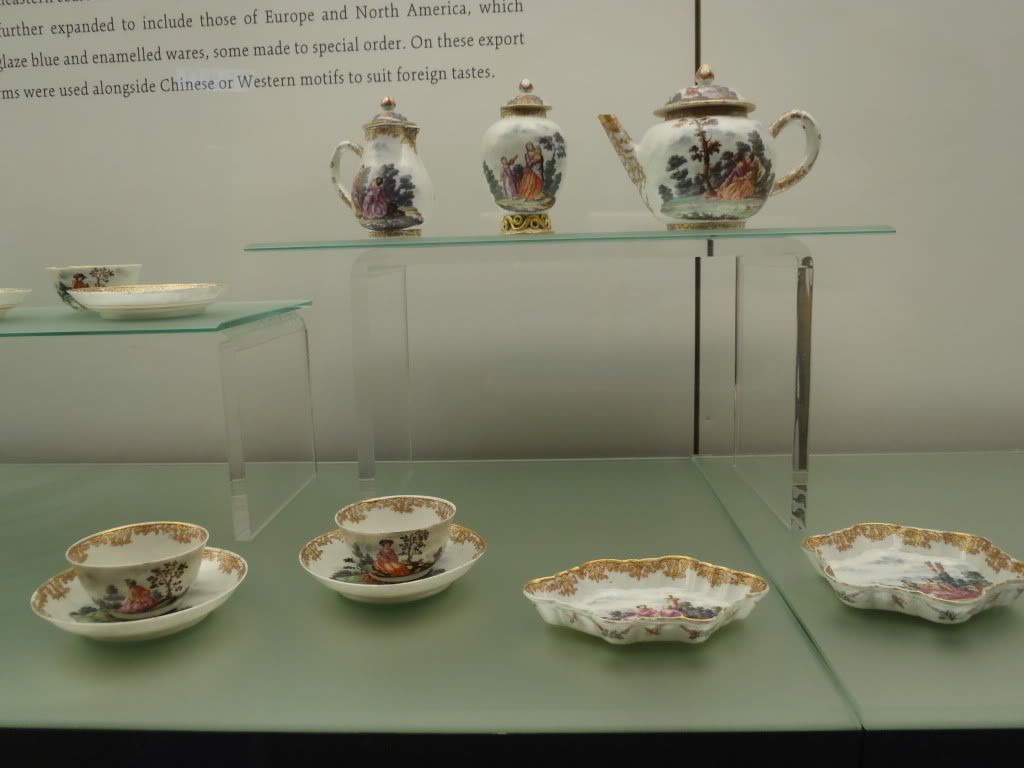
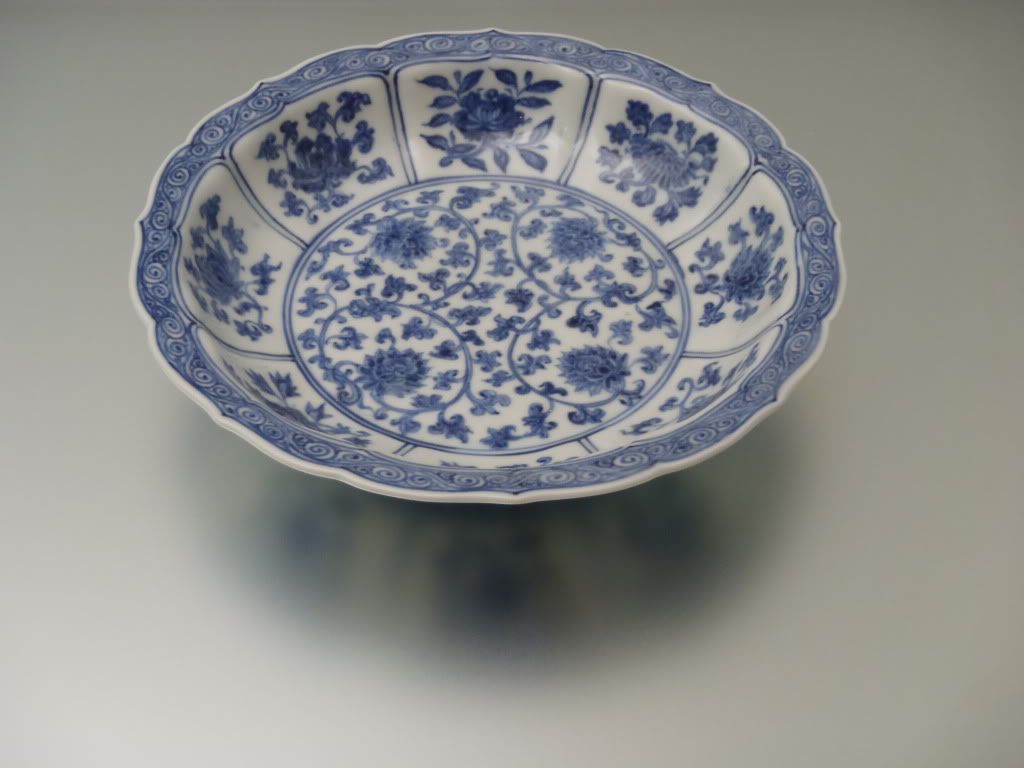
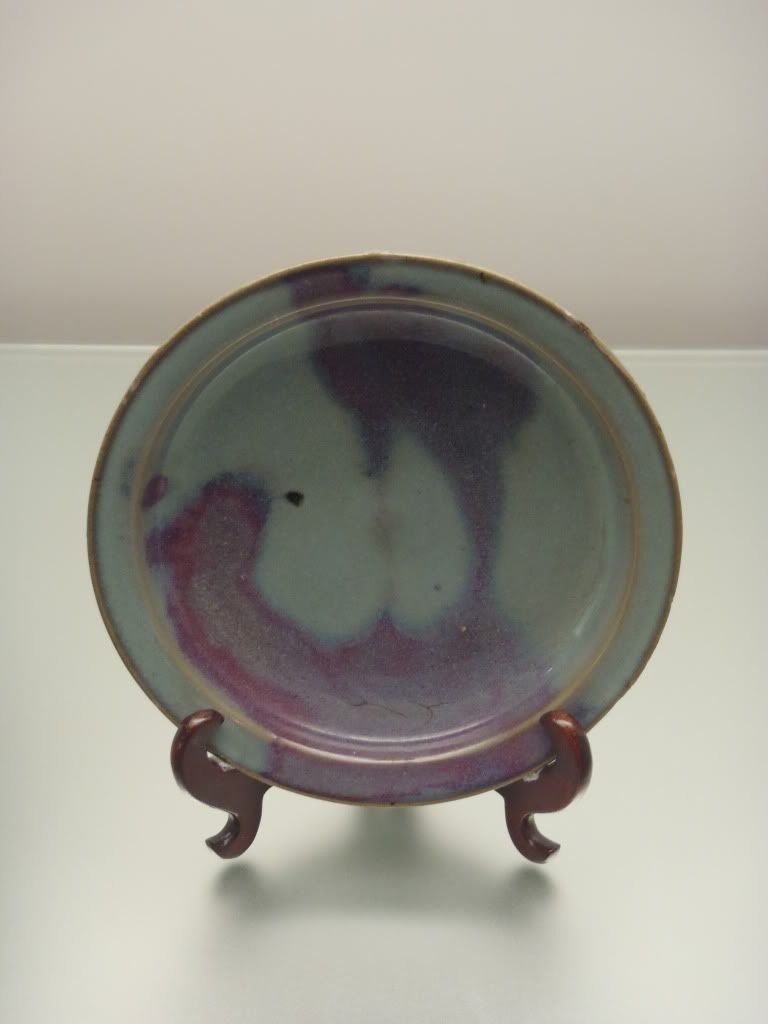
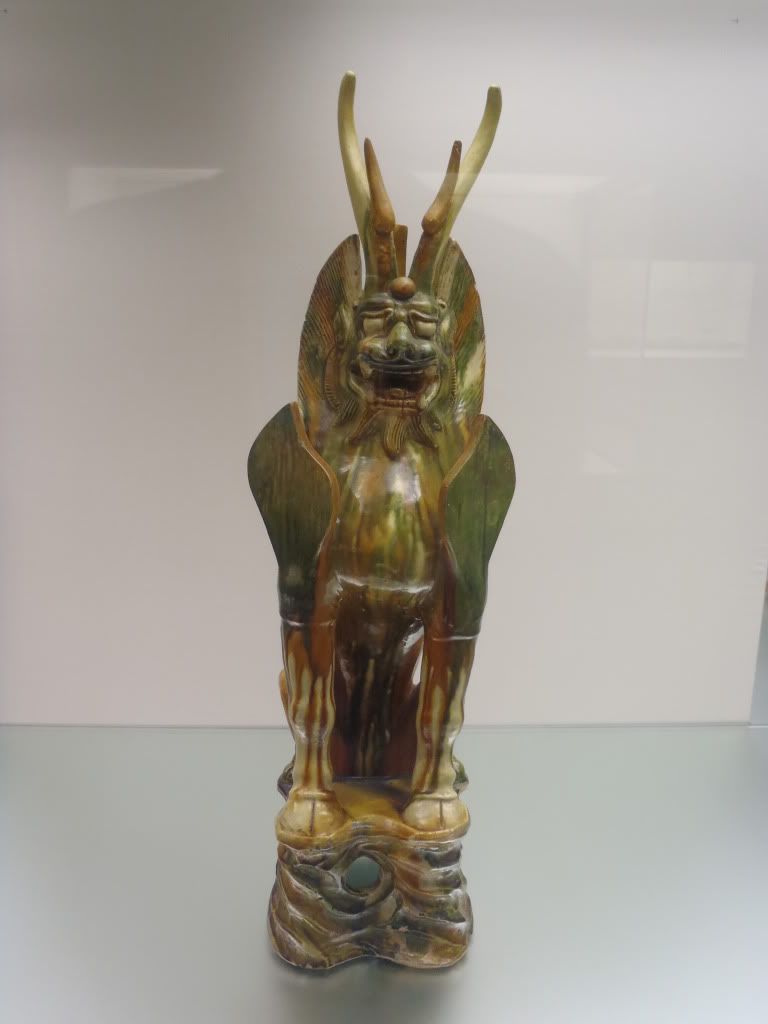
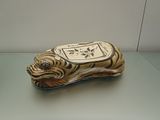


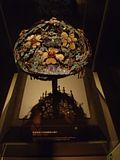
On the 26th we spent the entire day inside the hostel reading through the Lonely Planet, looking online for information, and typing out the plan for our 2 months in China. We had decided that even though we bought our bus tickets already and they could not be canceled or refunded (evil Chinese bus companies, NEVER BUY IN ADVANCE!) we needed to have a solid plan going into China of which direction we should travel in and what we wanted to see. I read through the Lonely Planet for China and made a list of the different areas we could visit and what there was to do in each. Then Henk and I typed out an itinerary and tried to map which direction was ideal for traveling. It wasn’t easy – there is so much information to look at! Henk brought us both lunch and dinner in the room (some sandwiches and Pizza Hut) since we had so much work to do. We had to get ready for departure from Hong Kong the next morning!
